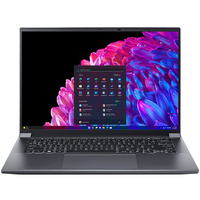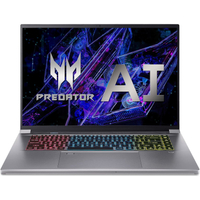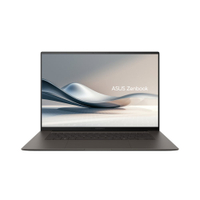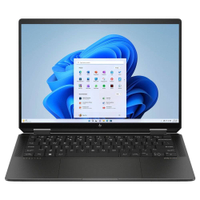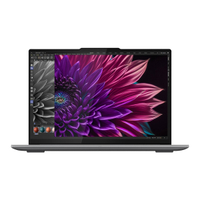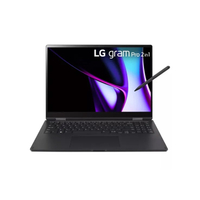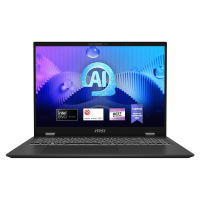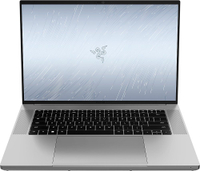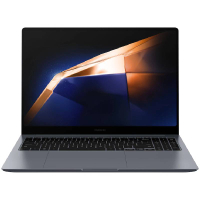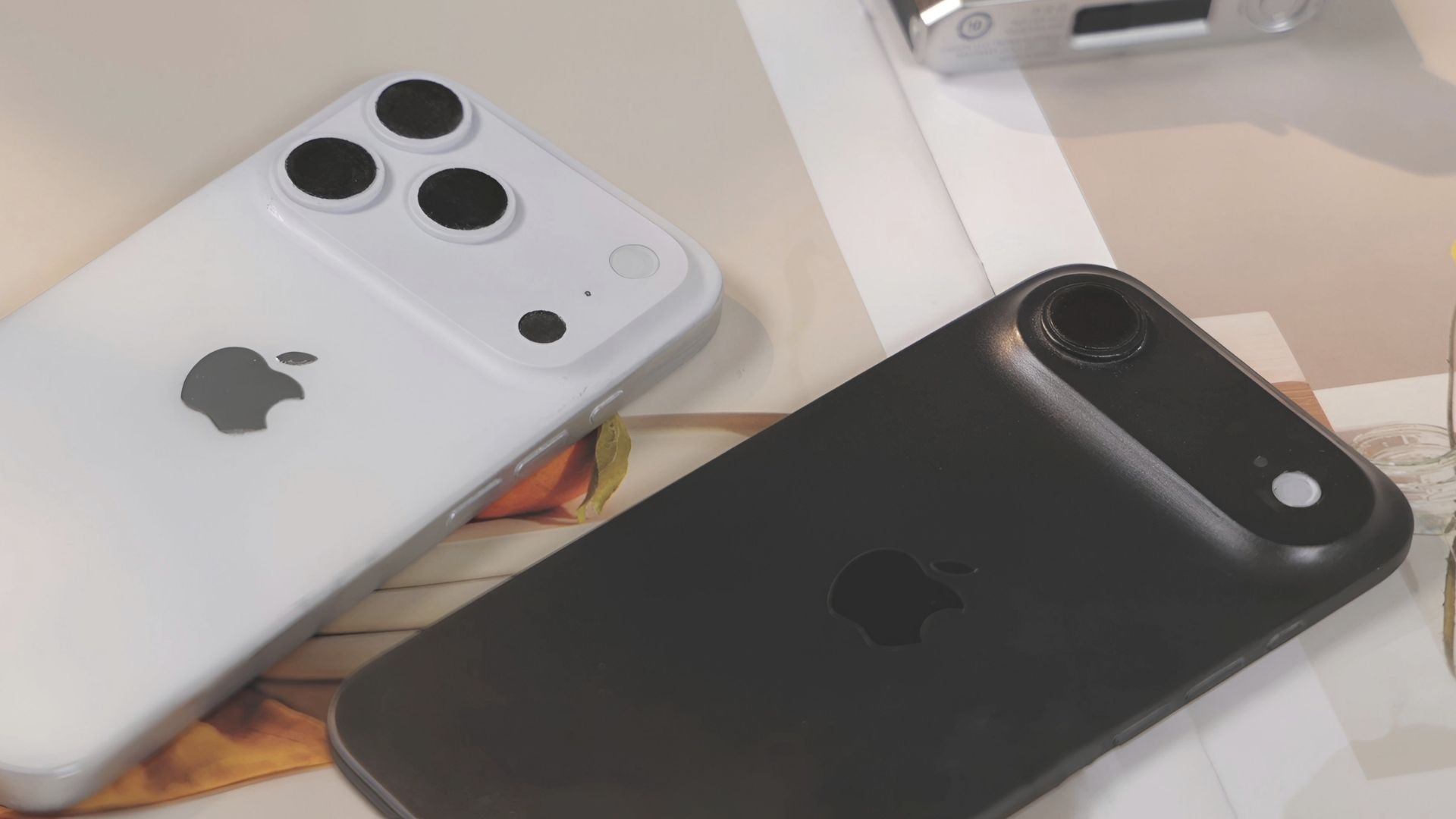Best laptops for graphic design in 2025
The best laptops for graphic design based on our testing
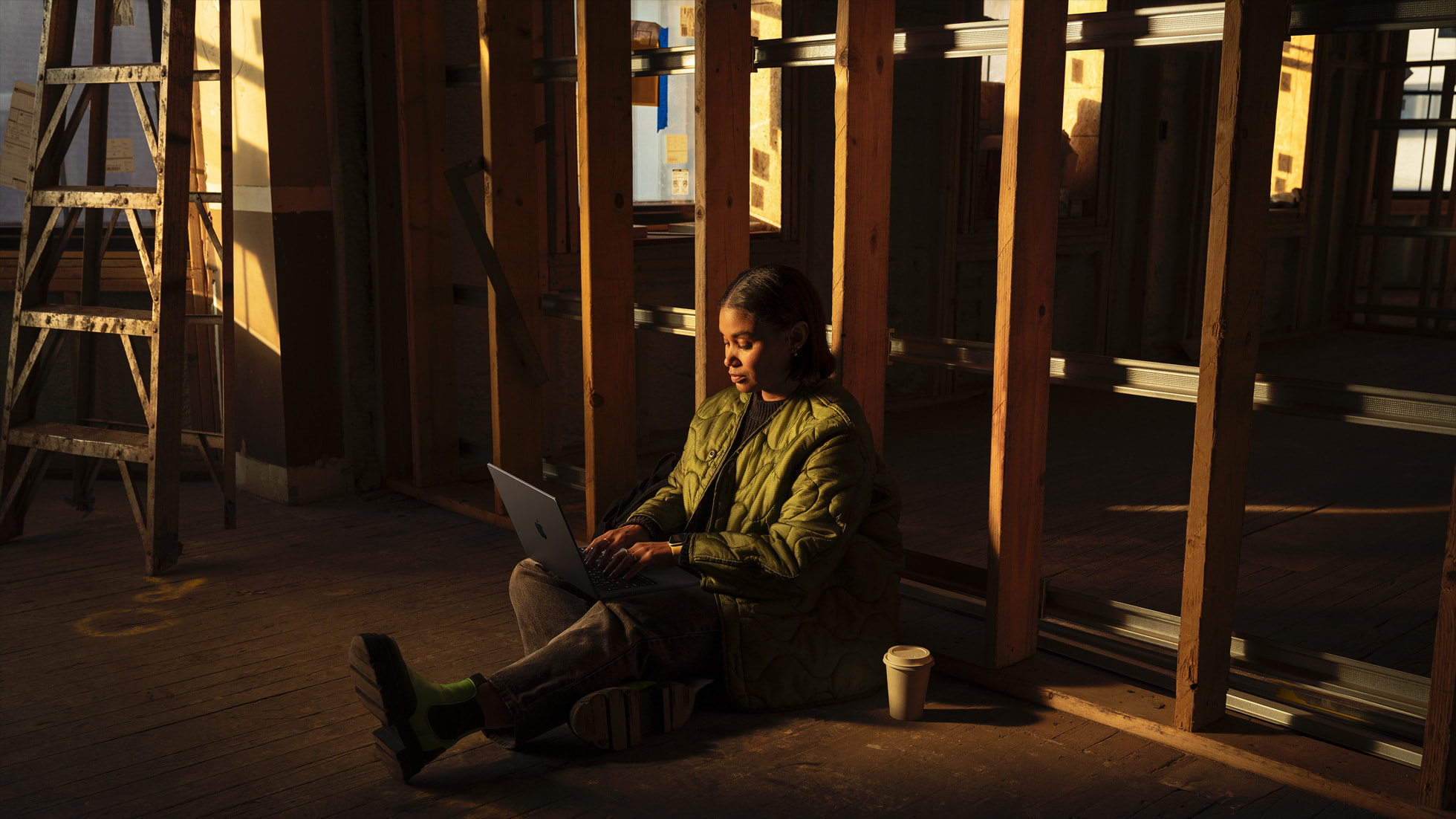
1. The list in brief
2. Best overall
3. Best budget
4. Best Windows
5. Best 2-in-1
6. Best gaming
7. Benchmark comparisons
8. Recently reviewed
9. How to find the right graphic design laptop
10. FAQs
11. How we test graphic design laptops
12. Why trust Laptop Mag
If you want one of the best laptops for graphic design in 2025, a brilliant display and blazing performance should be at the top of your must-have list. My fiancé used to design advertisements for Academy Award-nominated films — as the Academy Awards aired on live TV. If one of them won, he'd have to open the correct Photoshop file, edit and arrange the text, convert the file, and send it to the marketing firm so they could post it to social media. A slow processor would have been disastrous to this entire process.
But he did all this work on a MacBook, which is just part of why the Apple MacBook Pro 16 M4 Pro is my best overall pick. Beyond its exceptional ability to process intricate graphics in a variety of programs, it consistently comes with a display known for its vivid colors, brightness, and high resolution — and with every generation, its battery life gets longer.
If you're a student or professional whose work isn't that time-sensitive, you can still benefit from Pro-like features for thousands of dollars less with the Apple MacBook Air 15 M3. If you want a Windows laptop with similar benefits, check out the Asus ProArt P16. It costs much less, is just as performative, yet has better display color accuracy and a higher resolution.
This page is constantly updated based on our latest reviews to reflect Laptop Mag's current picks for the best laptops for graphics design in 2025.
The Quick List
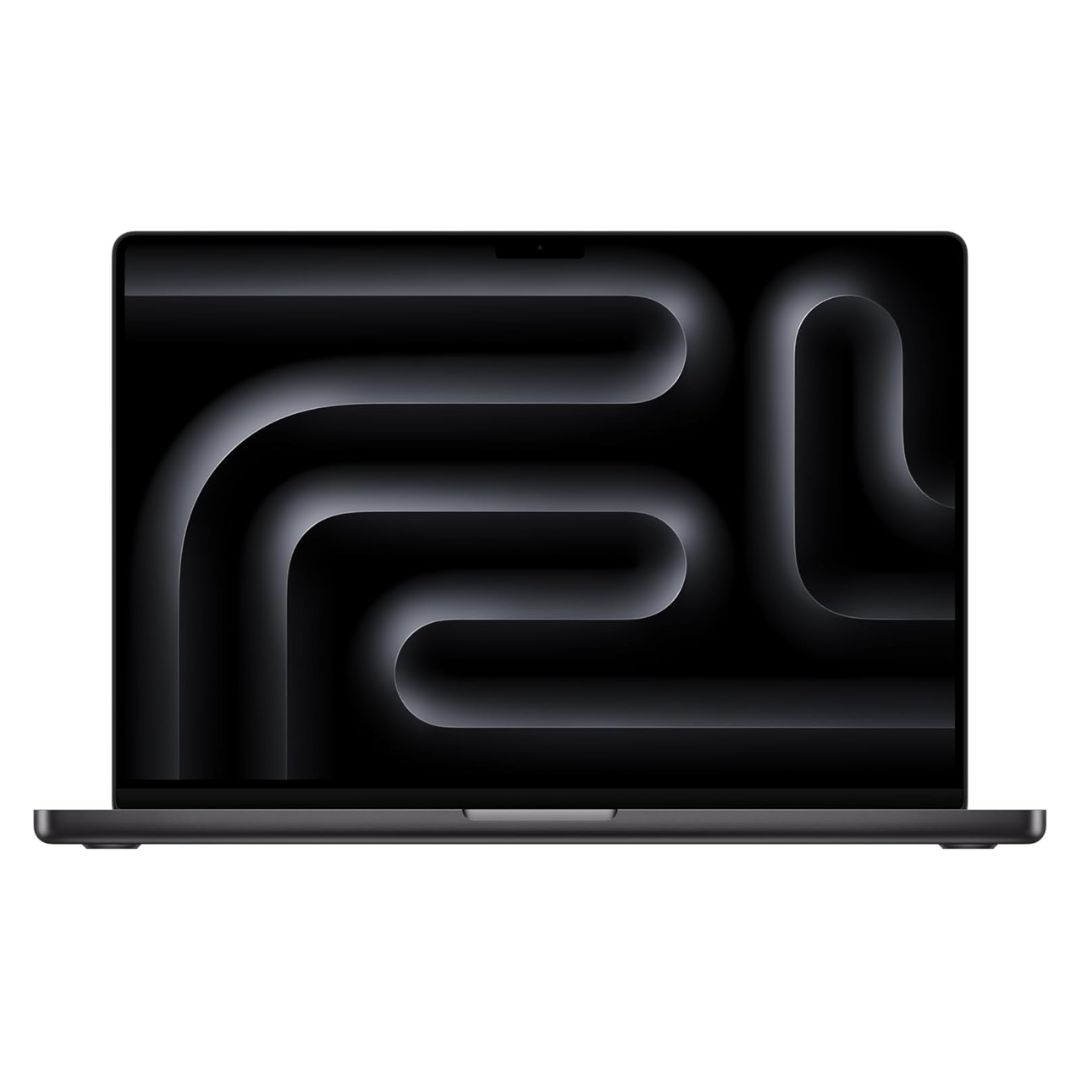
The best overall
MacBook Pros are the gold standard for graphic designers. With the best balance of stunning graphics, incredible performance, and seemingly endless battery life, the latest MacBook Pro 16 has raised that standard even higher.
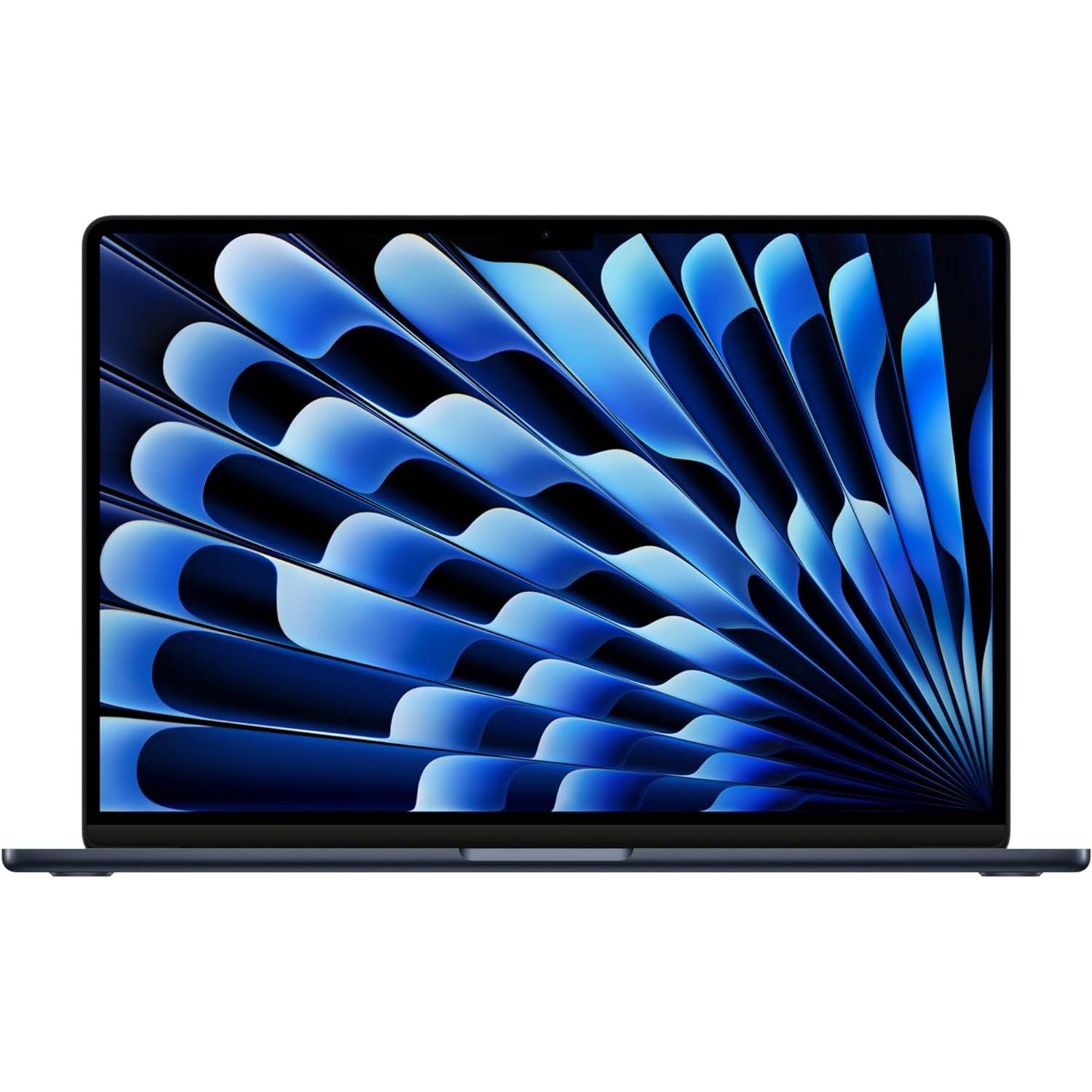
Best budget
Nearly all the best features of the Pro in a smaller, more affordable package.
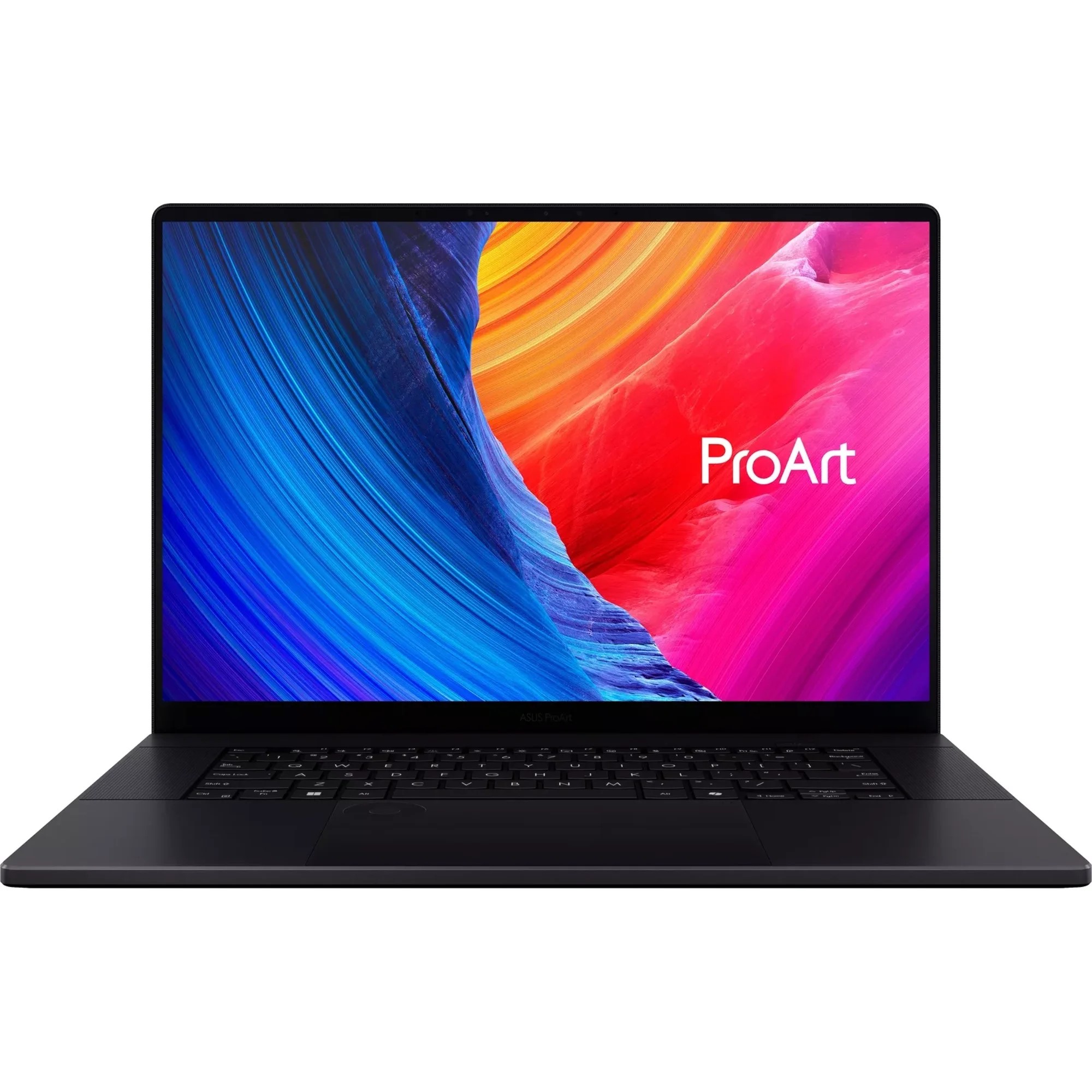
Best Windows
The most performative and power efficient graphic design laptop you can get for far less than a MacBook Pro — with an equally great display.
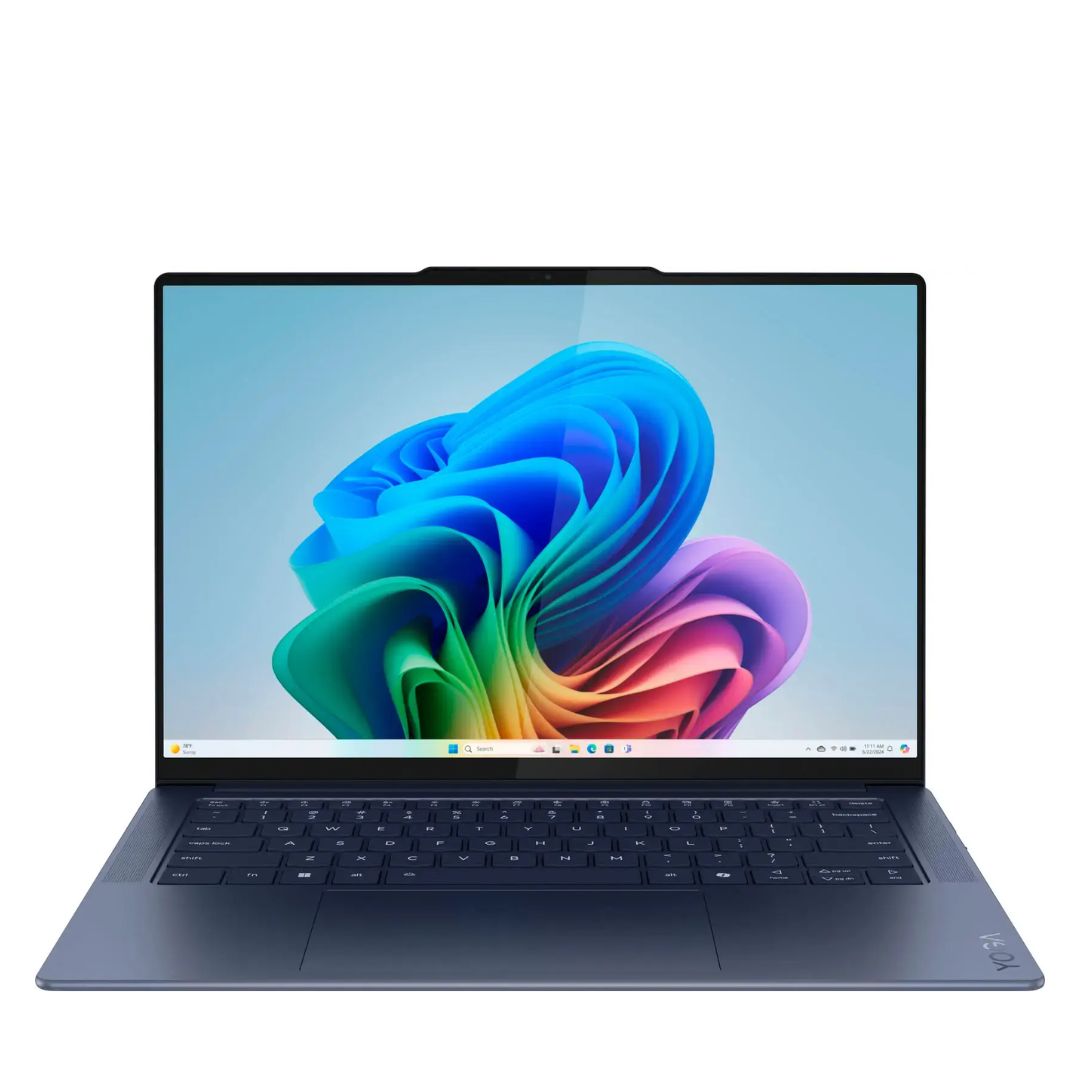
Best 2-in-1
If you turn your art into vectors, this thin and light convertible laptop offers the convivence of a drawing tablet without sacrificing the performance of a great graphic design laptop.
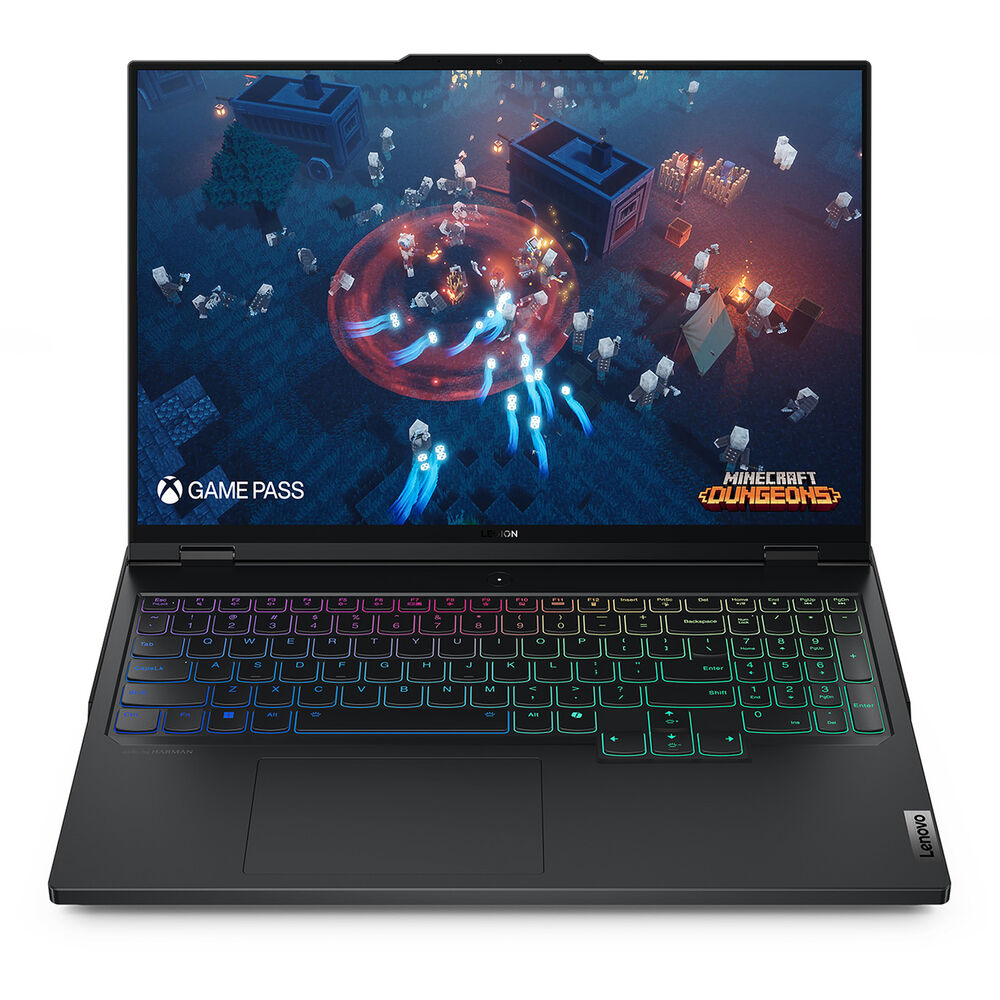
Best gaming
An powerful gaming laptop with a incredibly vivid and color-accurate display that graphic designers need.

Joanna Nelius has reviewed laptops and computer hardware since 2018. Her writing has appeared in The Verge, USA Today, Gizmodo, PC Gamer, and Maximum PC. She holds an MFA from Chapman University and works as a creative writing instructor.
Best overall
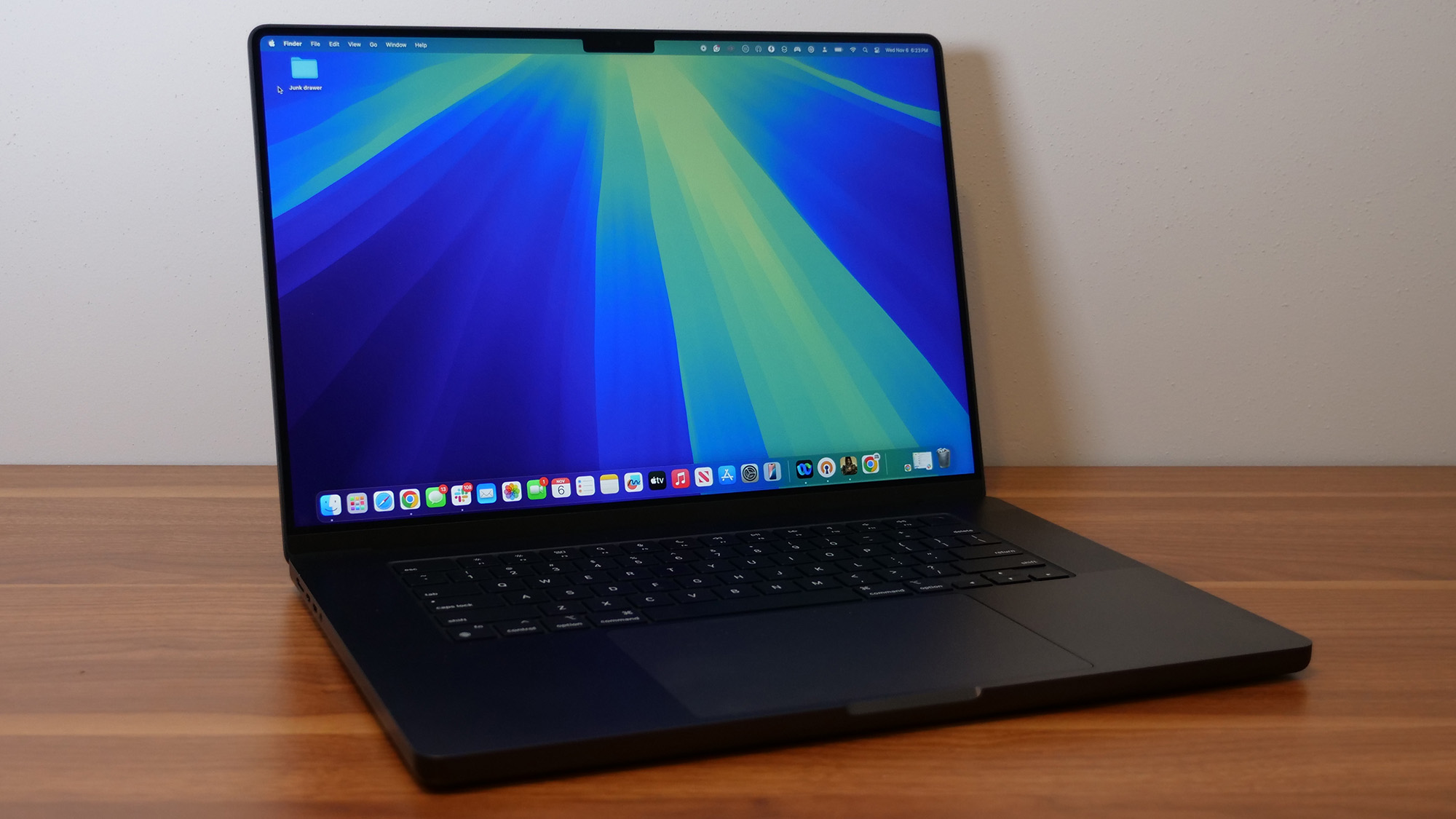
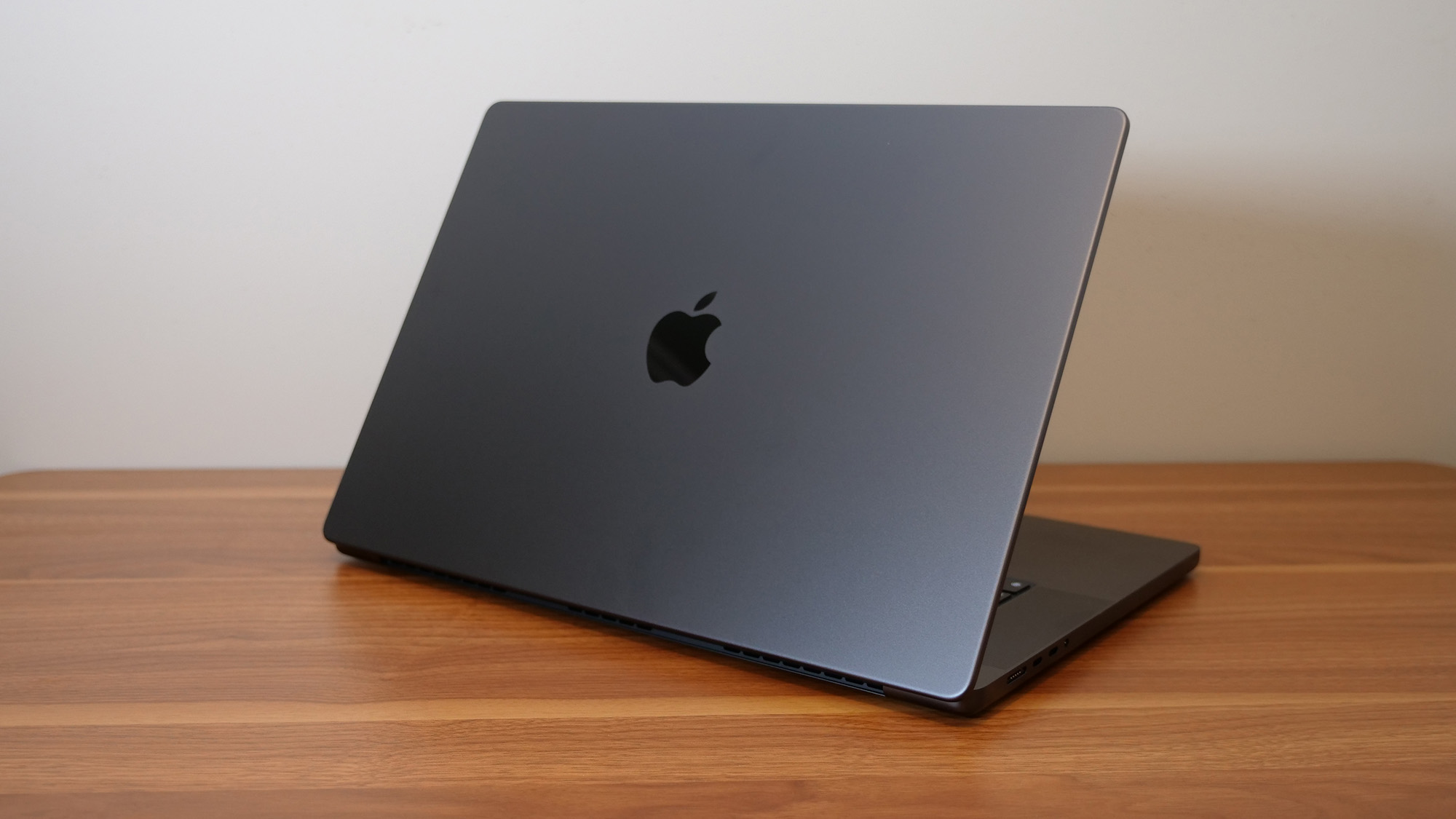
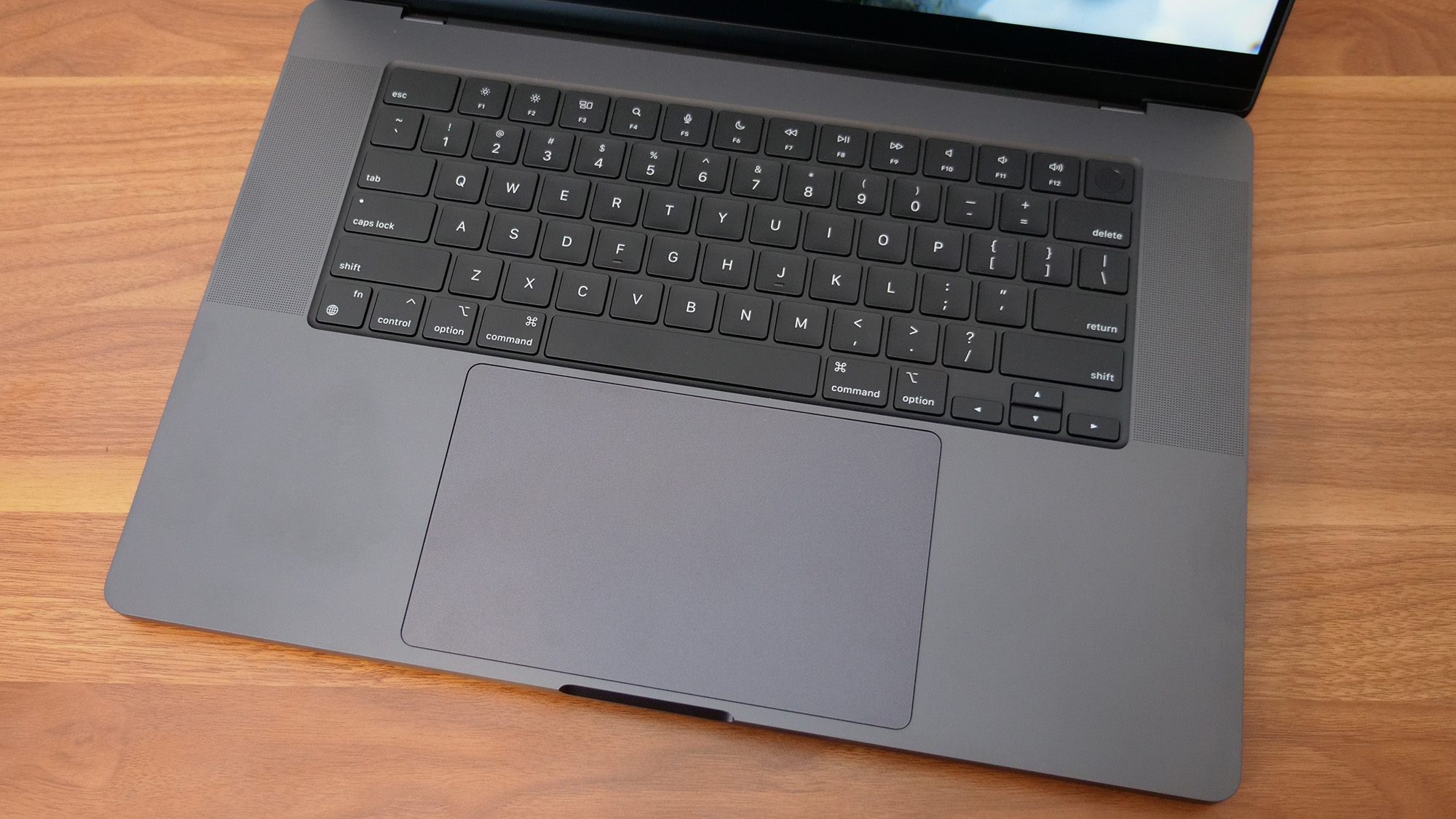
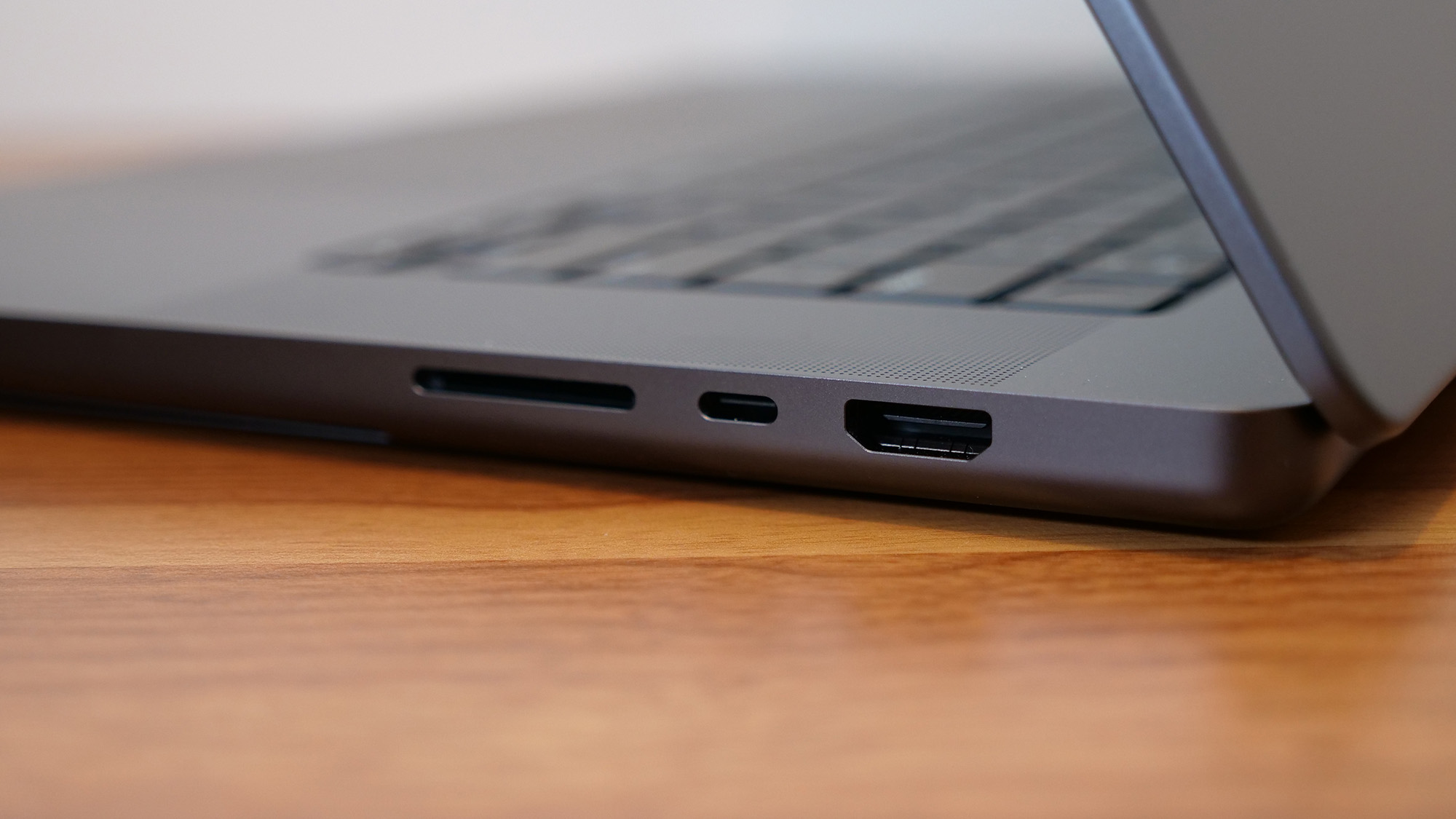
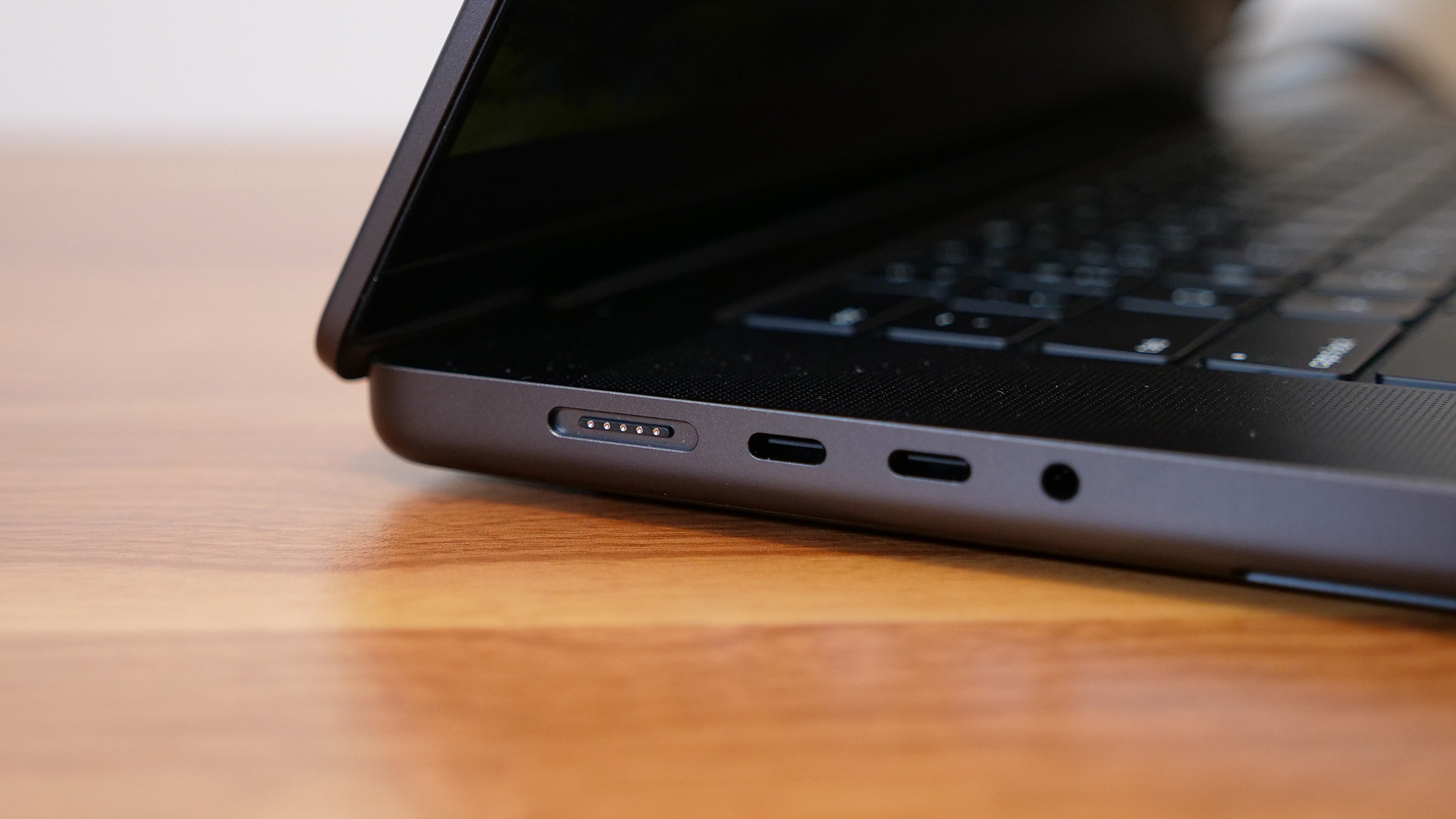
Specifications
Reasons to buy
Reasons to avoid
The Apple MacBook Pro 16 M4 Pro has wicked-fast performance, phenomenal battery life, an incredibly bright display, fantastic keyboard and trackpad, robust sound, and one of the best webcams we've ever seen in a laptop.
✔️ You want a light, portable workstation. It's the best around for graphic design, but it's also a quick, reliable laptop for web browsing, video calls, photo and video editing, and even gaming. (With nearly 21 hours of battery life!)
✔️ You want discrete GPU power without the separate card. And to spare yourself the usual noise and heat that comes with those kinds of laptops.
✖️ You don't need all the power it offers. It's not worth spending thousands of dollars on a MacBook Pro if you're not a graphic designer.
✖️ You already have an M3 Max. It's not worth spending thousands of dollars on a new laptop for a minor performance or battery life increase.
If you're a professional graphic designer who needs a new laptop that won't bottleneck the second you add one too many layers to your latest Photoshop project, we recommend the newest 16-inch Apple MacBook Pro with an M4 Pro processor.
Laptop Mag's managing editor, Sean Riley, describes it best in his review: "It's almost simultaneously the most powerful premium laptop we've reviewed while also offering the second-longest battery of any laptop we've tested." Our benchmark numbers mostly speak for themselves.
With 20 hours and 46 minutes of battery life, it lasts 7 hours longer than the average premium laptop. It also outshines them all in the Geekbench 6 multicore benchmark with a score of 22,822 — over a 100% speed increase compared to the average premium laptop (10,492).
I realize numbers alone might not be convincing enough, so I asked a professional graphic designer (my fiancé) with over a decade of experience creating company logos, website wireframes, and user interfaces for video games how he felt about his new MacBook Pro 16 M4 Pro. He didn't convey his excitement in words at first. He made happy grunting noises and told me it's the best laptop he's owned during his career. (If you are also upgrading from an M2 Max, you might need help picking your jaw up off the floor like he did.)
Everything else about this MacBook Pro is just as good or better than previous generations. It's still expensive, but it's our best overall pick for a reason.
See our full Apple MacBook Pro 16 M4 Pro review.
Best budget
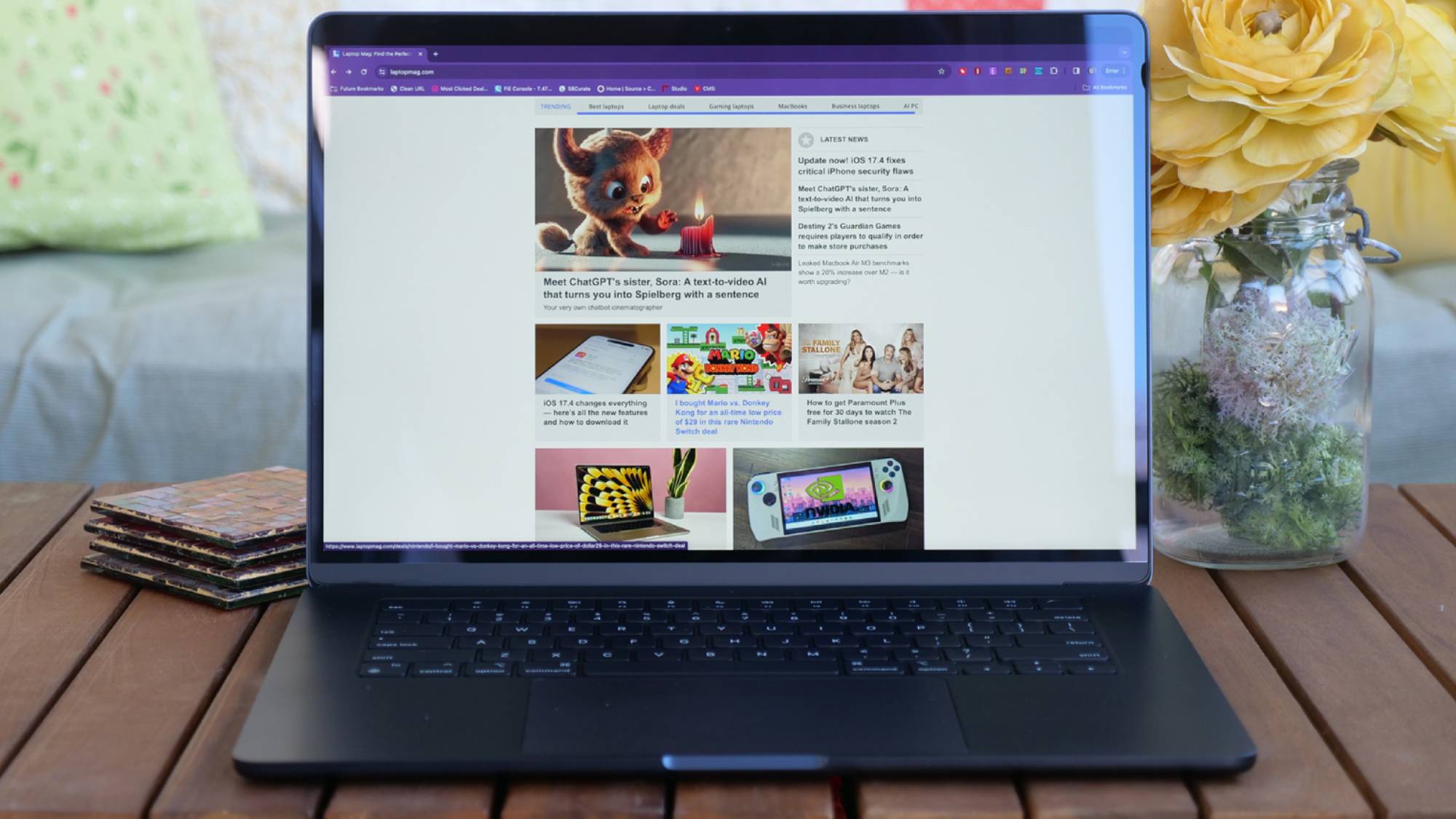
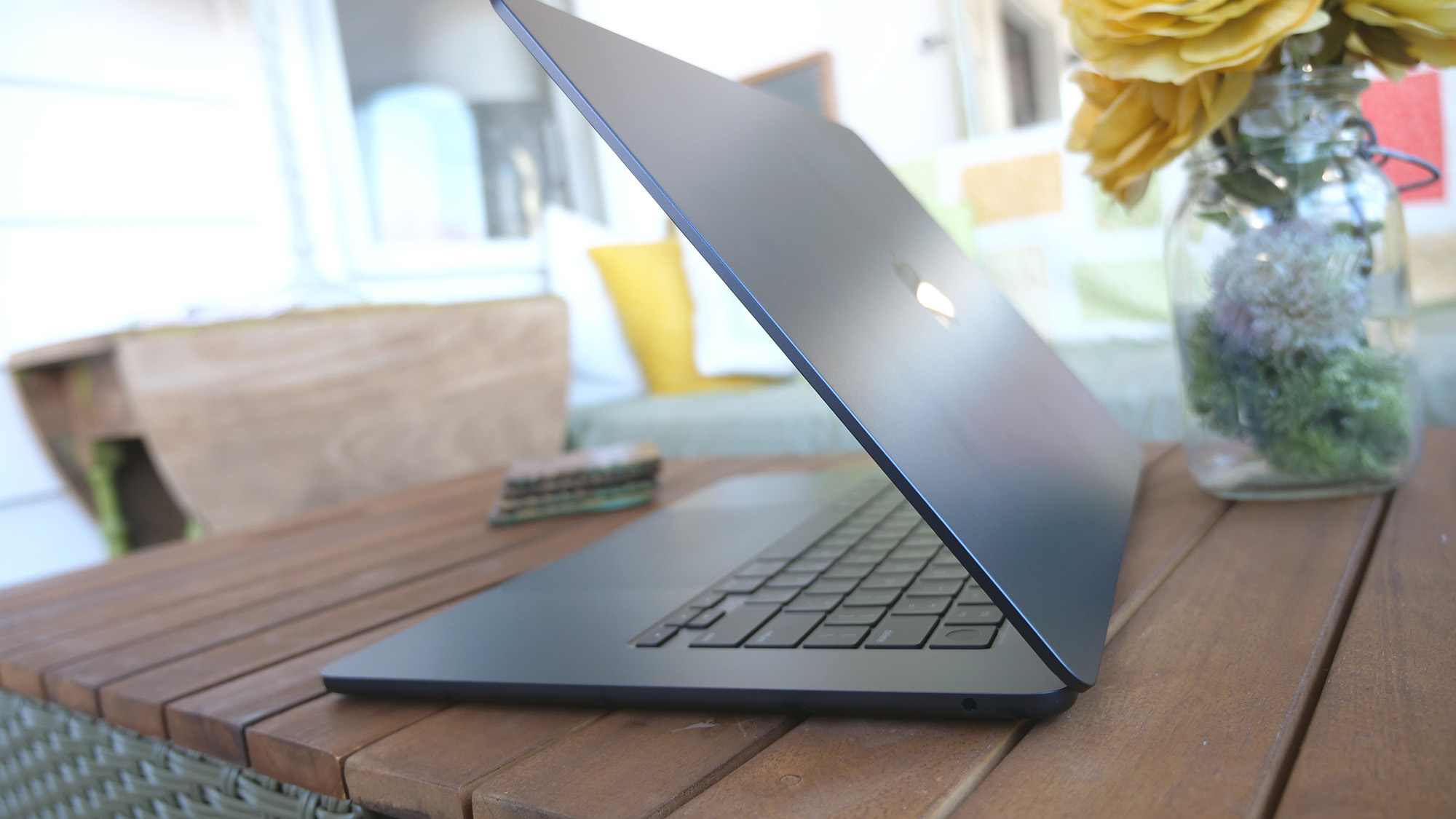
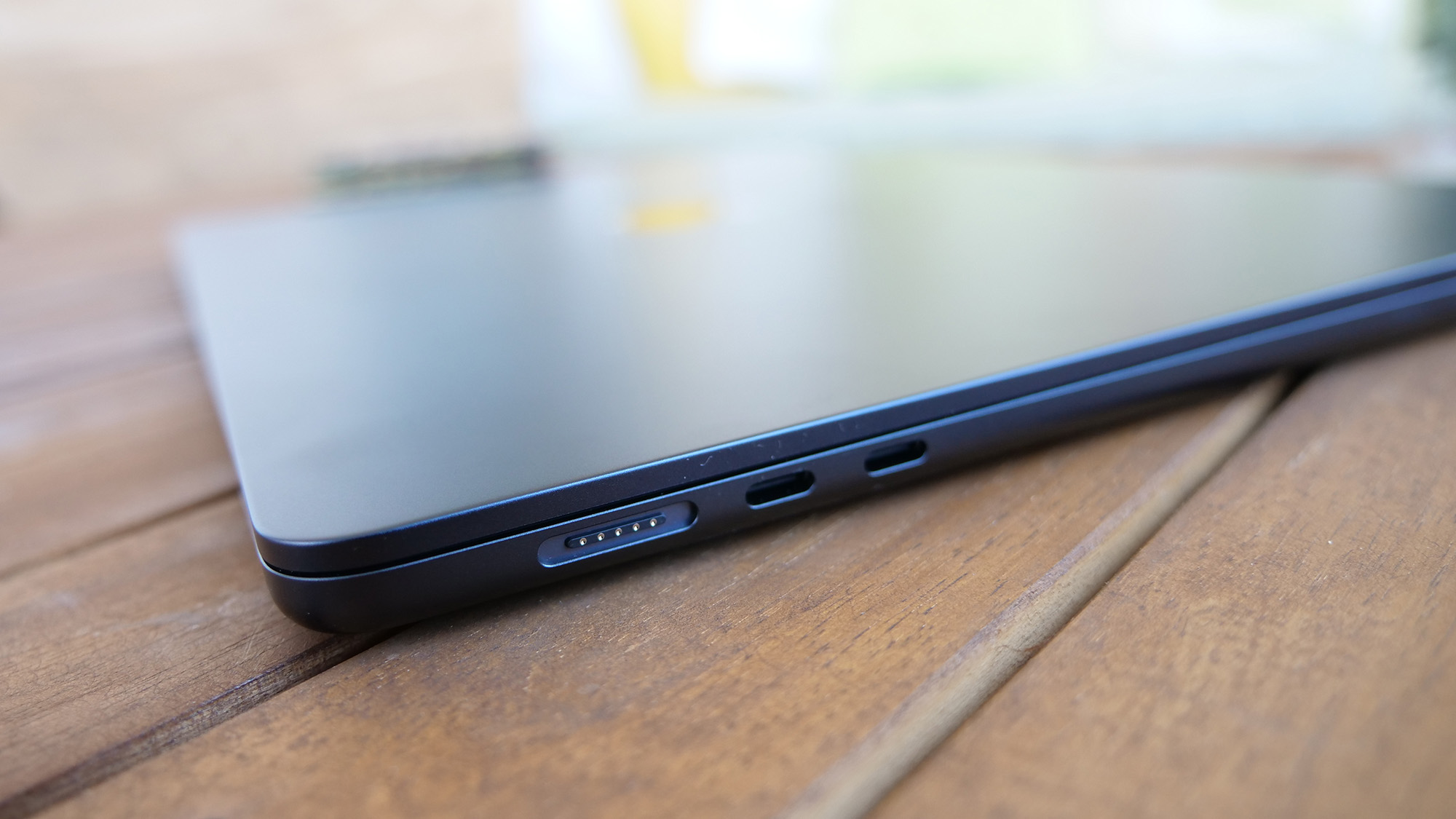
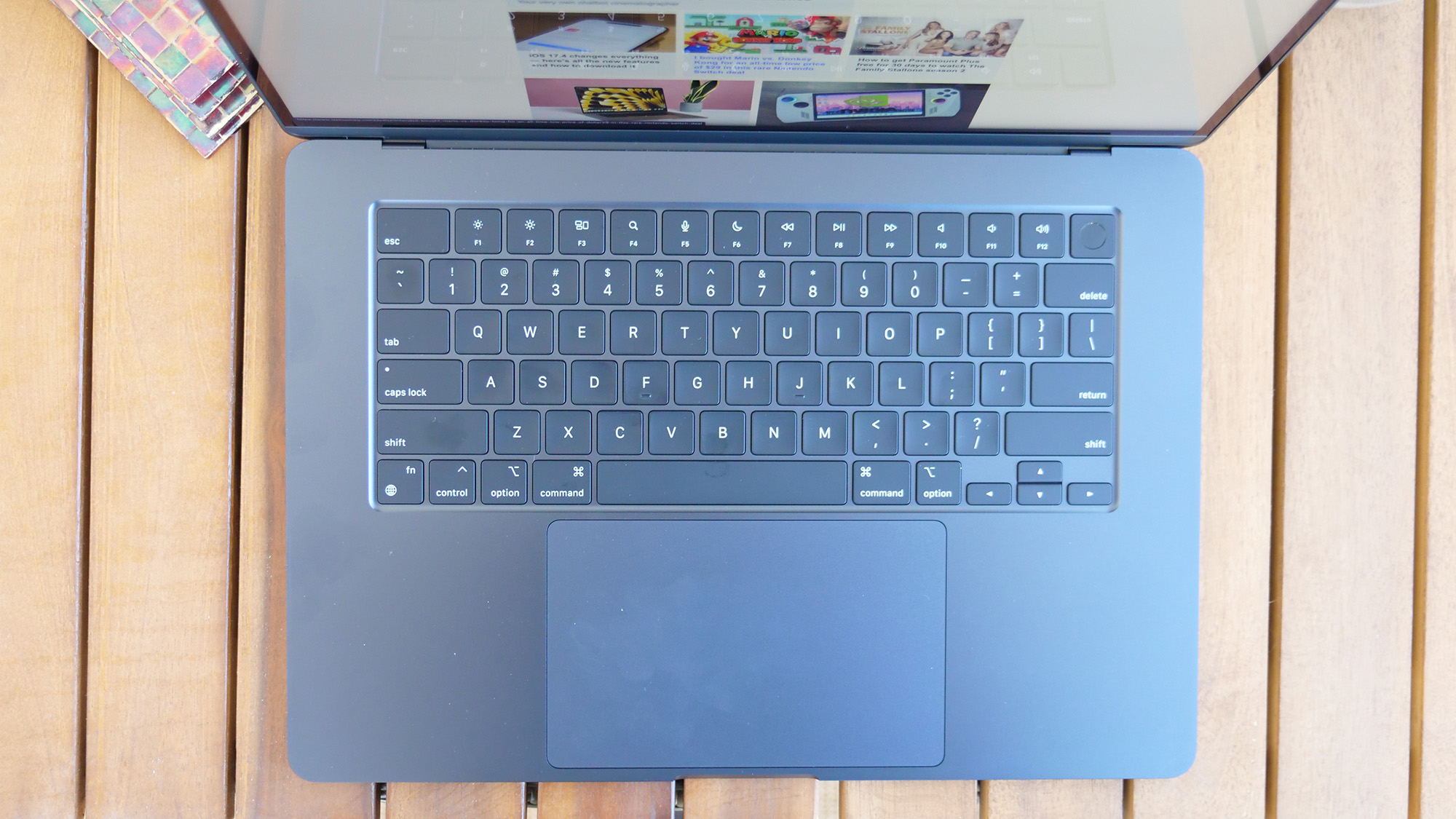

Specifications
Reasons to buy
Reasons to avoid
The Apple MacBook Air M3 is thin, light, powerful, and has a long-lasting battery. It has nearly everything a graphic designer on a budget (or design student) needs in a laptop.
✔️ You're looking to cut costs. Without sacrificing too much performance, battery life, or other things that make a Mac laptop great.
✔️ You want a light and portable laptop. This one weighs less than 3 pounds and is under a half-inch thick. Check and check!
✖️ You work with an external monitor. This laptop supports external displays but doesn't have a HDMI port. You'll need a compatible adapter, which adds more to the overall cost of the laptop and the connection may not be reliable.
✖️ You need larger or more colorful display. The Air's color accuracy isn't as good as its Pro sibling, and if you know you want a 16-inch screen, its 15.3-inch display might be too small for your work.
The MacBook Air M3 appears on other Laptop Mag buying guides for good reason. It's among the best laptops overall and among the best for college students — so naturally, it's earned its place among the best graphic design laptops for offering many of the benefits of its pricier sibling. The only hard choice you might have to make is how big of a screen you want, as our managing editor, Sean Riley, said in his review.
That's why I've gone ahead and put the 15-inch version on this list, knowing a bigger screen is usually beneficial for graphic designers. It's not the most vibrant or color-accurate screen you can get, but Apple's True Tone technology adjusts how colors are displayed depending on the lighting. That can come in handy if you work both at home and in an office.
What it offers in performance and battery life in still unparalleled compared to much of its budget competitors. One of the biggest upgrades from the M2 MacBook Air is the SSD. The speed jumped a solid 28% between generations (to a read/write of 3,030.7/3,058.8MBps) The battery also lasted 15 hours in Laptop Mag's testing, up from the previous generation as well.
The MacBook Air M3 can also connect to up to two external displays with the lid closed, a feature that was previously available only on the MacBook Pro.
But keep this in mind if you are considering this laptop for professional use: while it's possible to connect this laptop to an external display other than an Apple Studio, it doesn't have an HDMI port. You'll need a USB-C to HDMI adapter to make that happen — and depending on the adapter and HDMI cable you use (along with your external monitor), you could run into some trouble getting everything to display correctly. I've personally run into issues connecting the MacBook Air 15 M3 to a Samsung curved wide-screen, but I wasn't using Apple's adapter.
If that doesn't describe your situation, then go forth and design to your heart's content.
See our full Apple MacBook Air 15 M3 review.
Best Windows
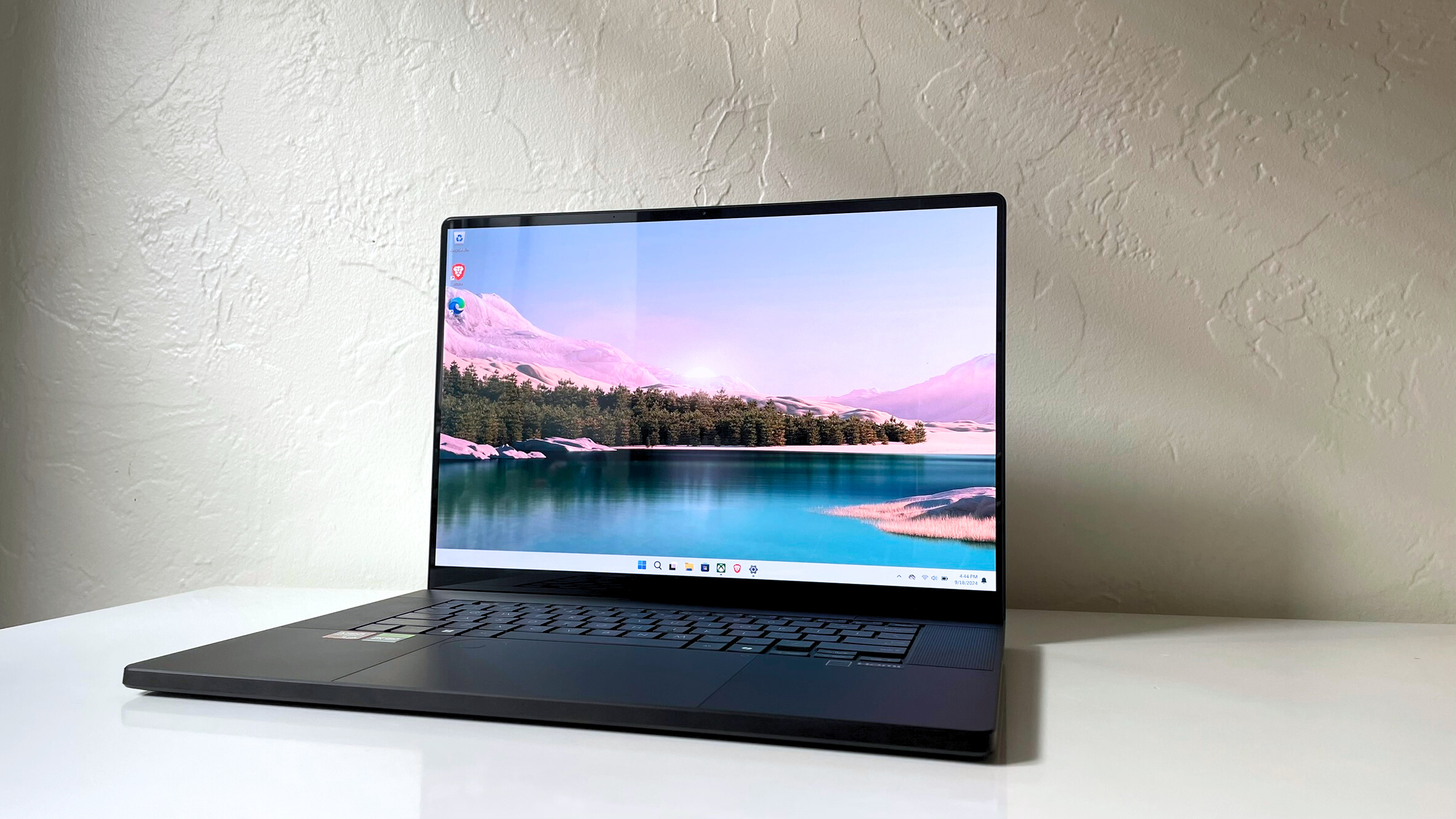
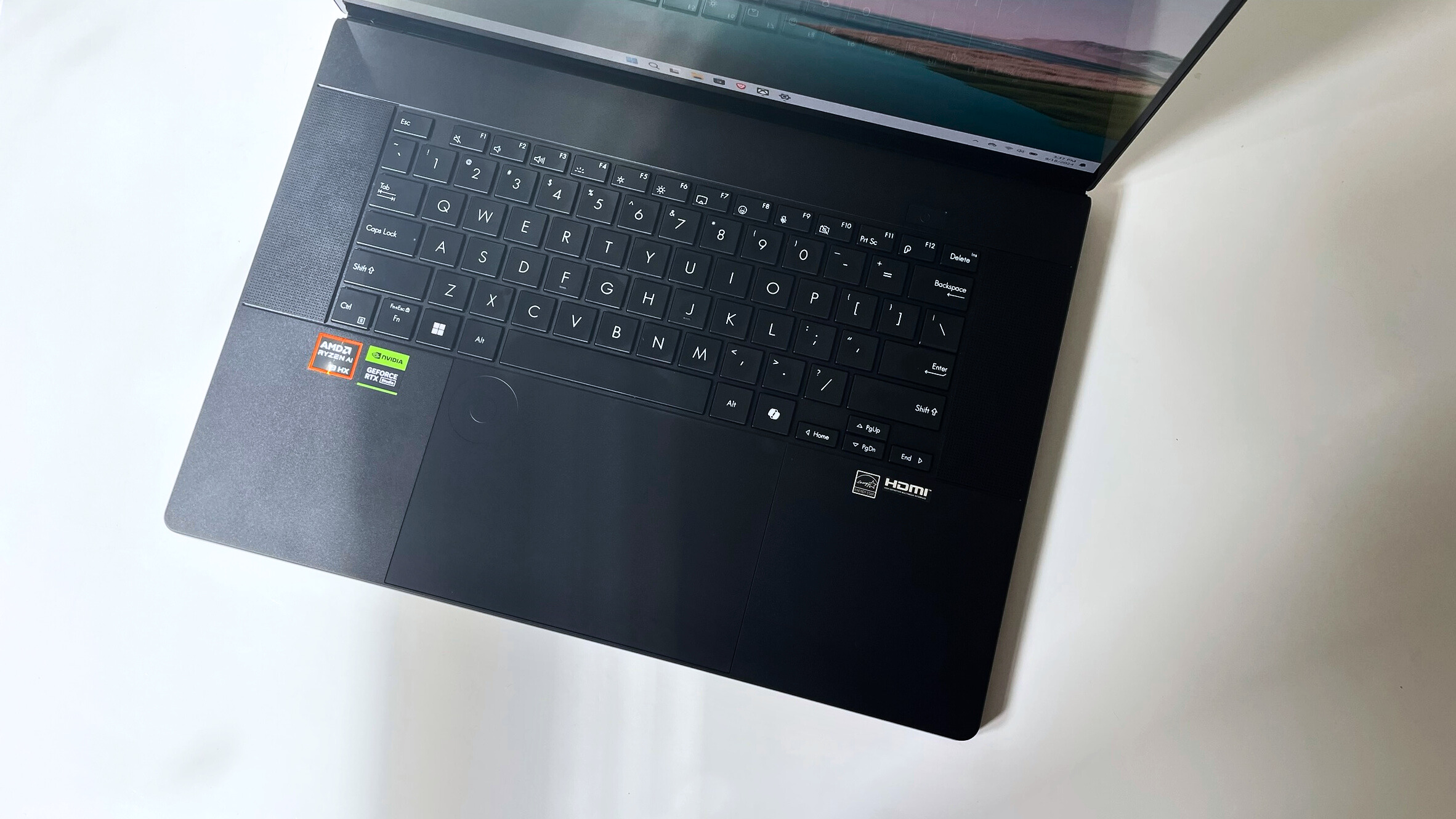
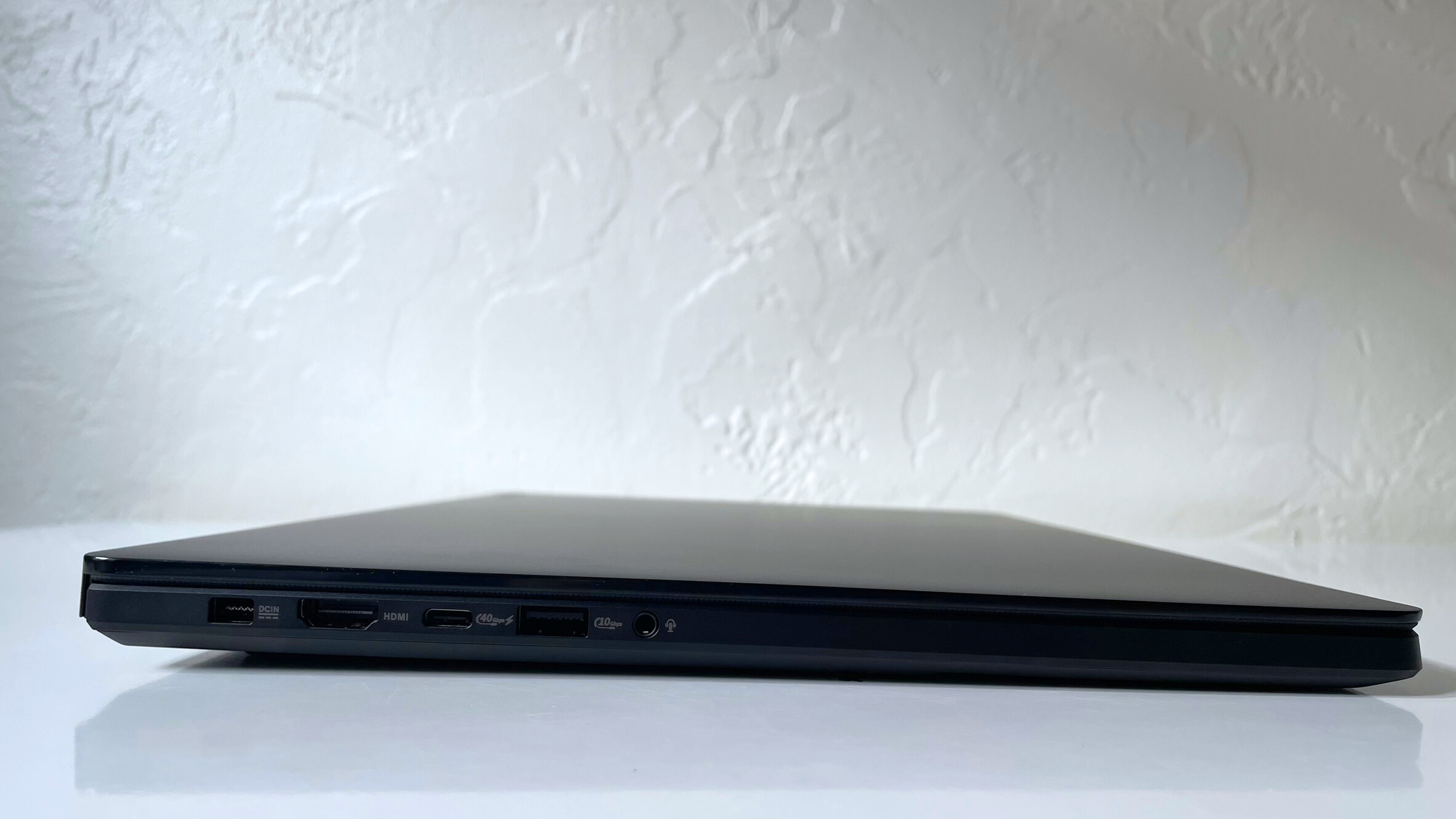
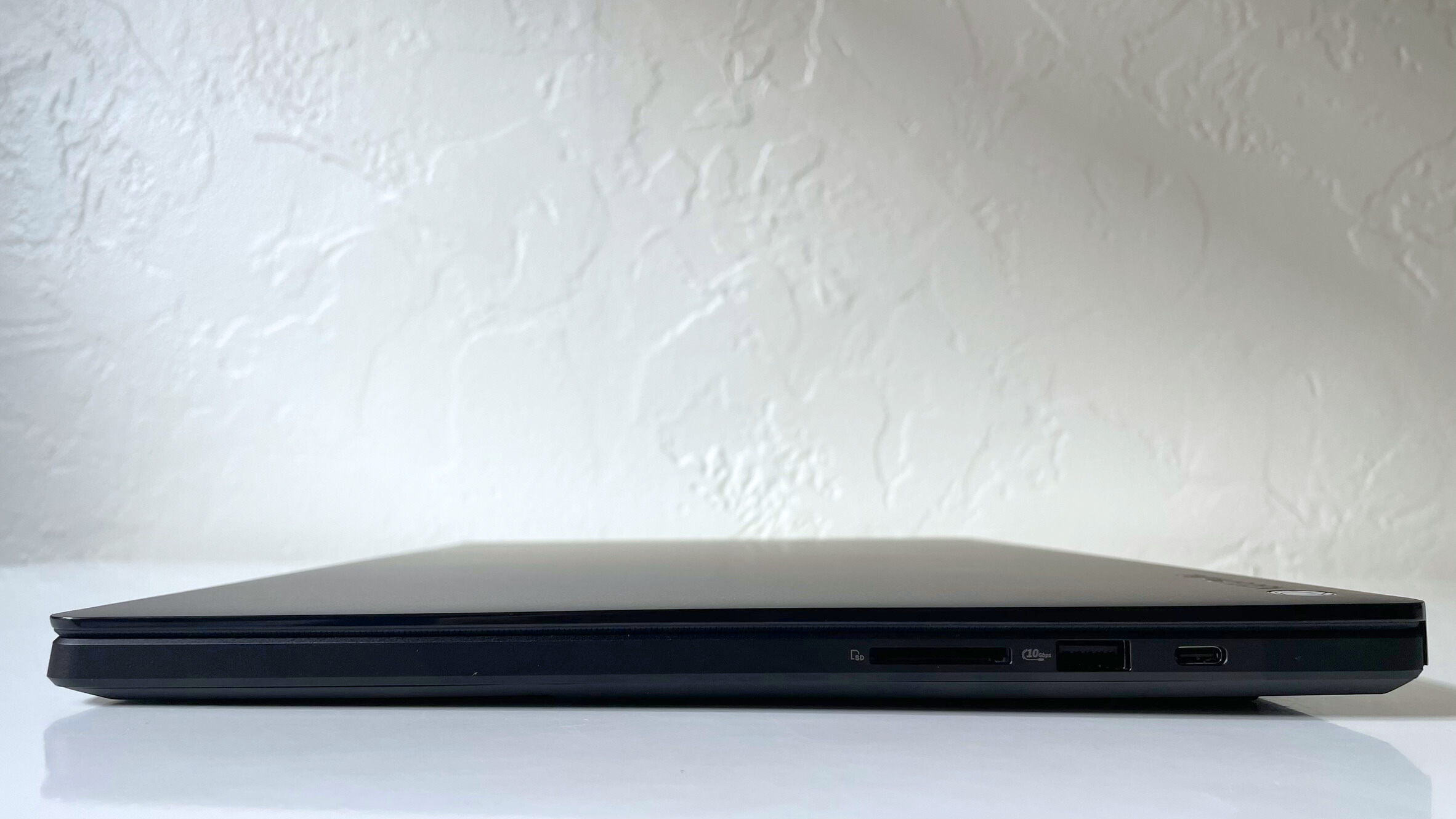
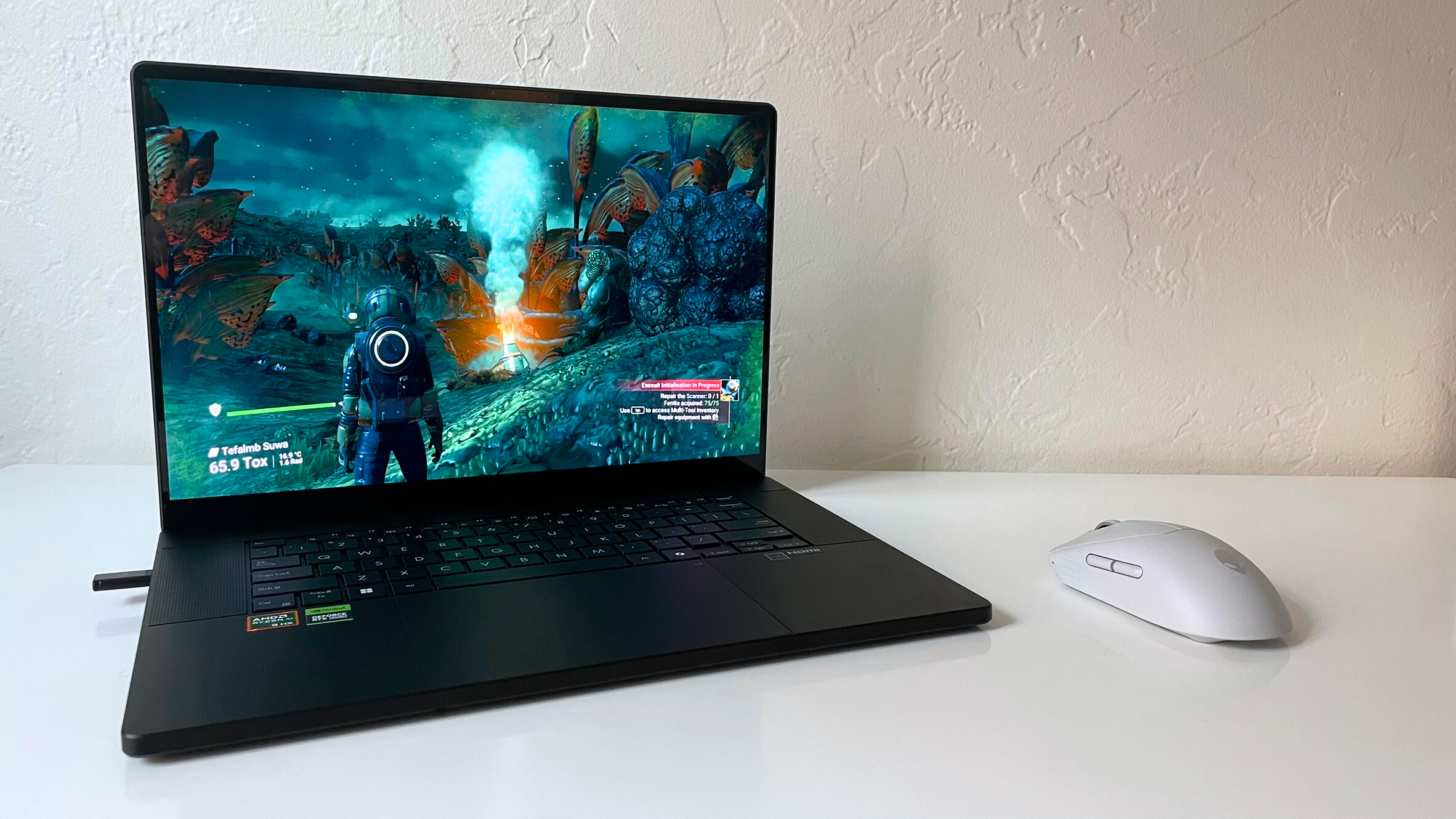
Specifications
Reasons to buy
Reasons to avoid
The Asus ProArt P16 is $1,000 less than the MacBook Pro but still has the same performance and display quality you'd expect out of one.
✔️ You need a fast laptop. Between multitasking, rendering, transcoding, and everything else you needed done yesterday, this laptop won't hinder your workflow.
✔️ You need more colors than than a Crayola box. This laptop covers a large portion of the DCI-P3 color gamut, making is a good choice for video or photo editors.
✖️ You're unwilling to compromise on battery life. The Asus ProArt P16 is a great laptop, but with under 10 hours of battery life, it's one major area where it cannot compete with the MacBook Pro.
✖️ The apps you want to use are only on macOS. If you already use Adobe software, this isn't something you have to worry about, but if you use something like Sketch you're out of luck.
If you're more comfortable using Windows, the Asus ProArt P16 is a "stellar example of what a creator laptop should be: powerful, reliable, and stylish," as our reviewer, Stevie Bonifield, said. You don't have to pay MacBook Pro prices to get suburb performance in a thin and light chassis with a beautiful design that's just as easy on your eyes as it is on your wallet.
While I'd normally recommend a laptop with a wider color gamut for graphic designers, the ProArt P16 covers a high enough percentage of the DCI-P3 (85.5%). If you want this laptop for professional video editing that could be more of a concern, where the AdobeRGB color gamut is more useful for graphic designers.
Just as important as color accuracy is performance; this laptop's AMD Ryzen AI 9 HX 370 processor, 32GB of RAM, and Nvidia RTX 4070 graphics card powers it to a Geekbench 6 multicore score of 15,286, way beyond the average premium laptop. Commonly used graphic design programs like Adobe Illustrator load in a snap, and the ProArt P16 has the right amount of RAM and CPU cores to prevent the system from getting too bogged down with all the processes Photoshop runs in the background.
That stellar performance played out in Laptop Mag's Handbrake benchmark, transcoding a 4K video to 1080p in 3 minutes and 15 seconds, much faster than the average premium laptop (7:58). (Yes, the ProArt P16 also makes a fantastic video editing laptop.)
Its battery life is a letdown, though. Expect up to 9 hours and 32 minutes if you use this laptop for web browsing, with the display brightness set to 150 nits. If you're manipulating images with dozens of vector masks at full brightness (356 nits), the battery will drain much faster. Just something to be mindful of if your workspace doesn't have a nearby outlet.
See our full Asus ProArt P16 review.
Best 2-in-1
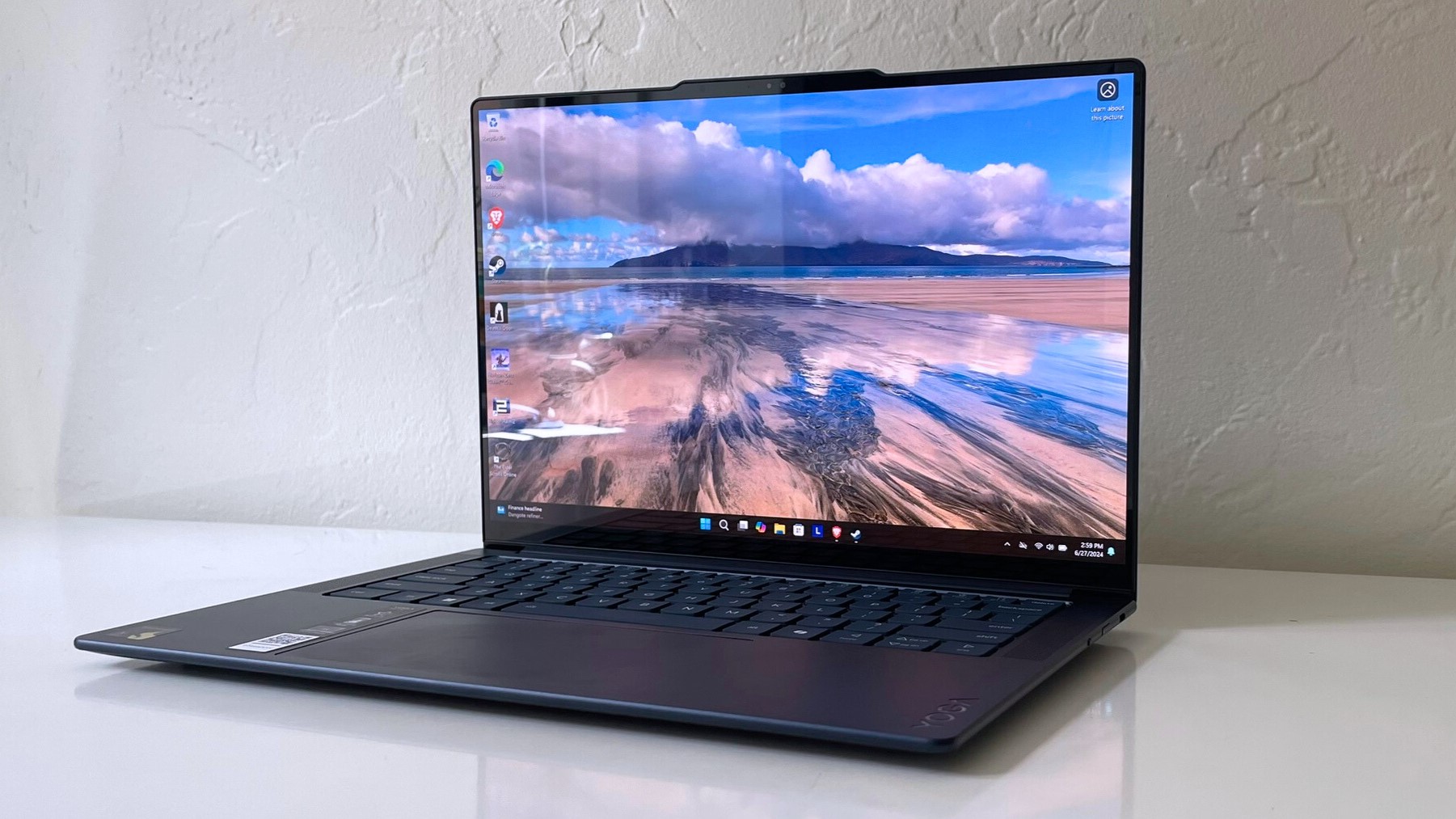
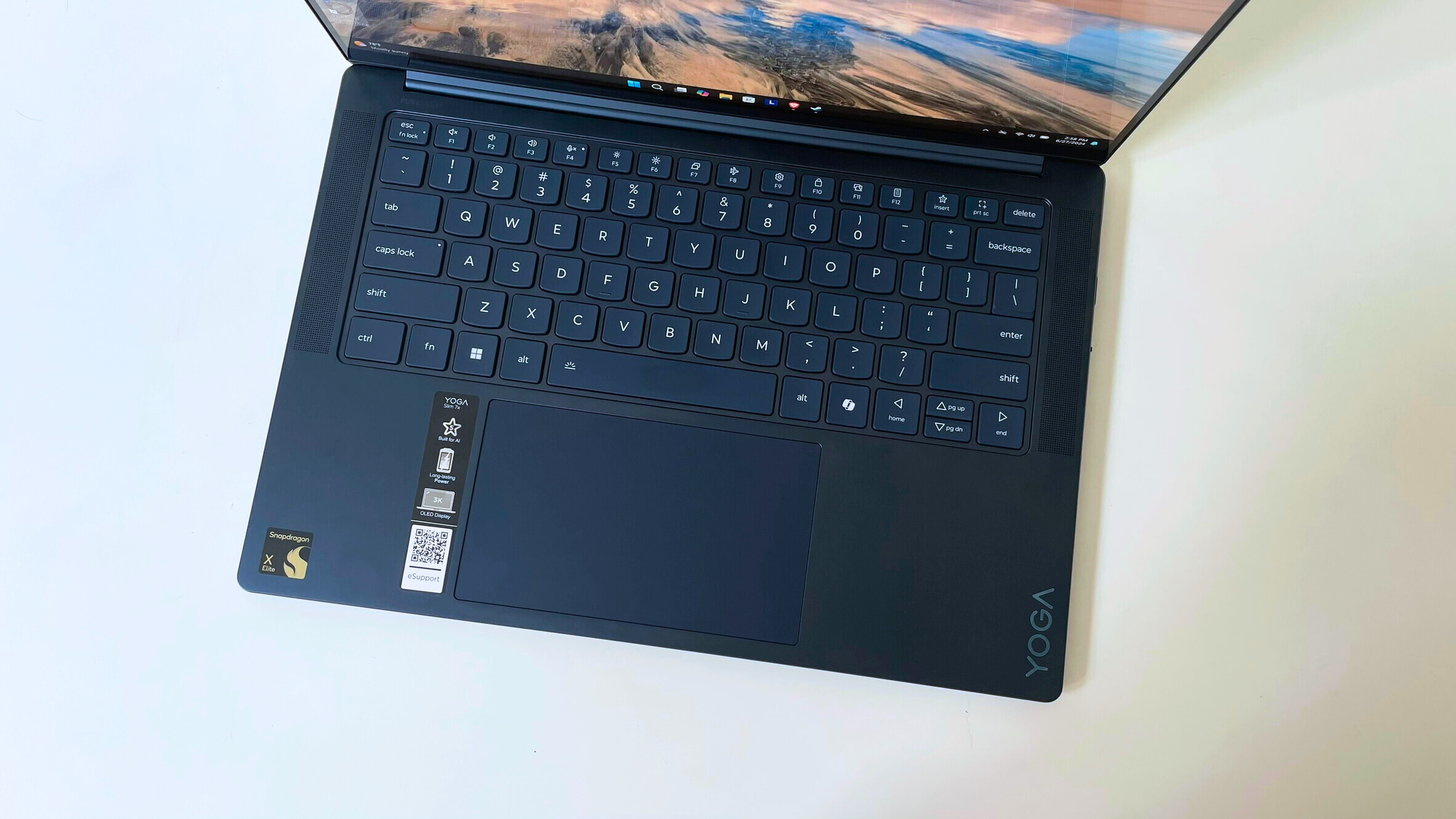
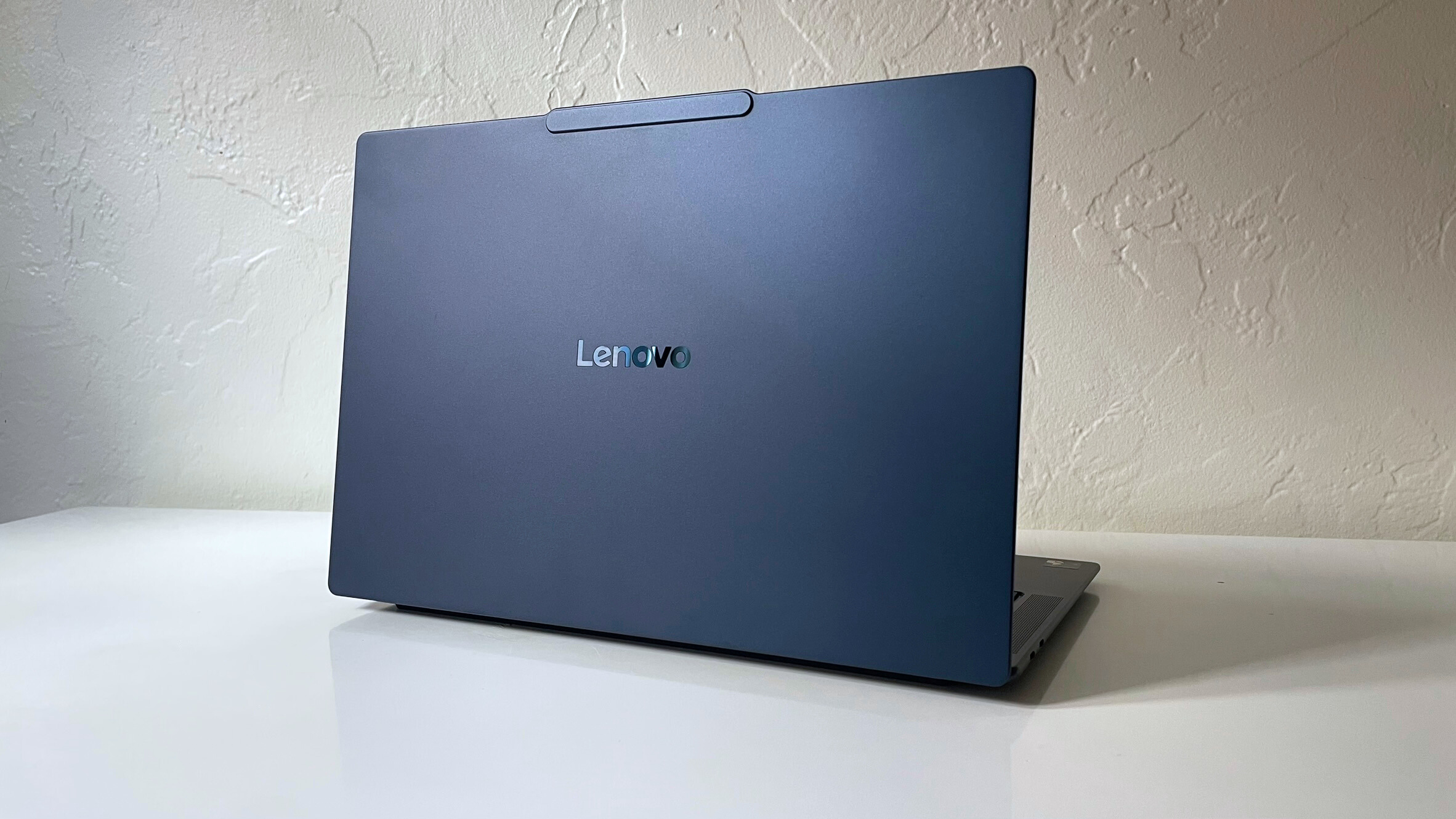
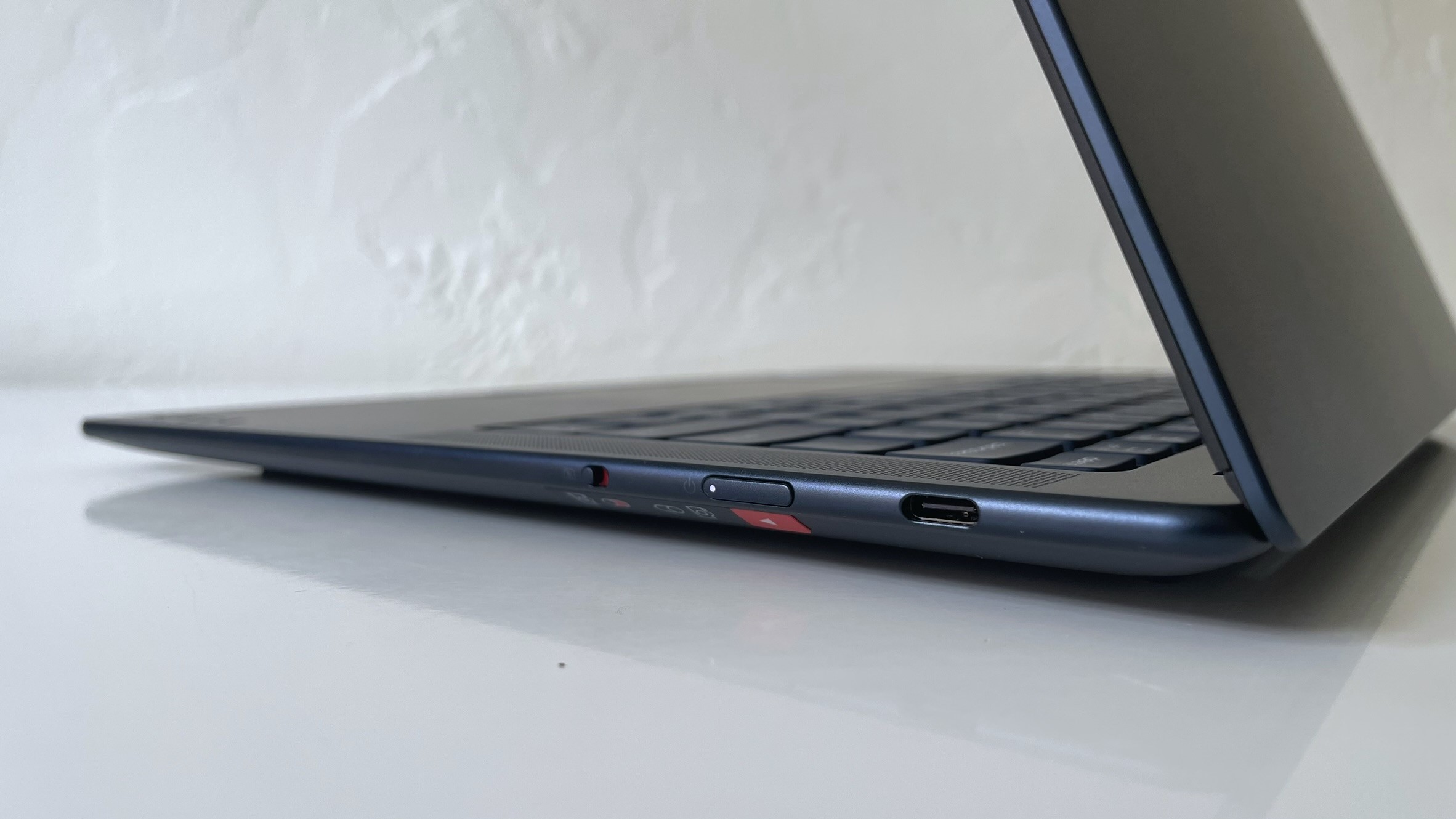
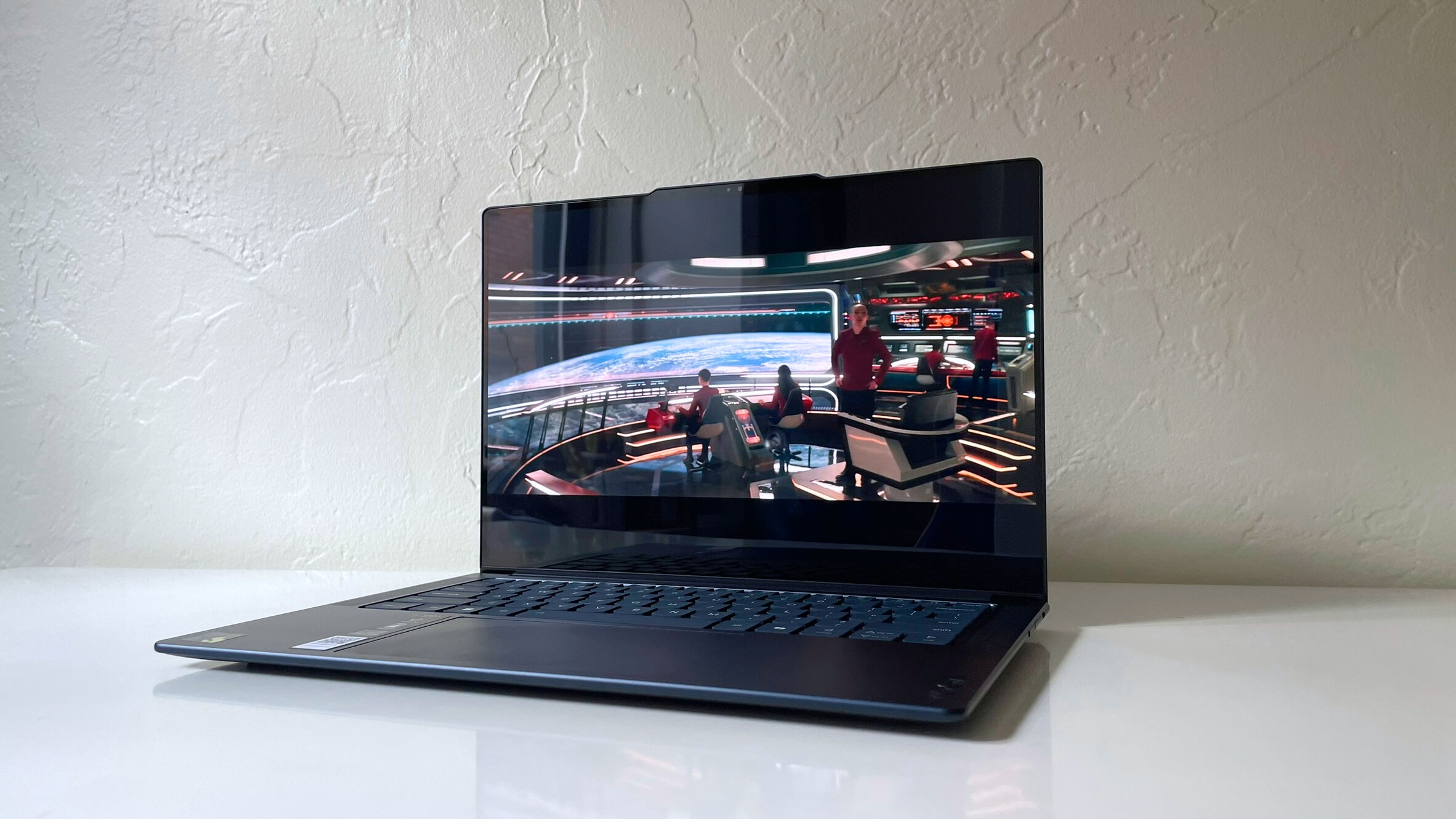
Specifications
Reasons to buy
Reasons to avoid
The Lenovo Yoga Slim 7x has the best color accuracy out of any laptop on this list — and if you incorporate your original artwork into your graphic designs, you can use it as a drawing tablet and keep all of your files on one machine.
✔️ You want to draw in your lap. This laptop stays cool to the touch. It reached only 80.5 degrees in our testing, well below our 95-degree threshold.
✔️ You're a staunch color theorist. The Silm 7x's overly accurate color gamut should make you feel as moody as a blush pink bedframe against a dark green wall. (It's display covers 155% of the DCI-P3 color gamut.)
✖️ Your workspace has harsh lighting. This laptop has a reflective OLED display, which might make it hard to concentrate on your work. Cranking up the brightness helps get rid of that issue, but at the expense of battery life.
✖️ You draw in Adobe Fresco. Unfortunately, that program isn't compatible with Windows on ARM, not even through emulation. There's no telling when (if ever) Adobe will make a native ARM64 version.
For the graphic designer who is also an artist, the Lenovo Yoga Slim 7x can be a fantastic canvas. Its sharp OLED display produces vivid colors and inky blacks, has enough performance to handle your largest artwork files, and has a long battery life that makes it possible to run heavy tasks without it plugged in. Oh, and it's cool enough to put in your lap.
If you're looking for a Windows alternative to the MacBook Air, this laptop "should be on your shortlist," as our reviewer Stevie Bonifield said.
This laptop's display covers the widest amount of the DCI-P3 color gamut out of any laptop on this list (155%) and even some dedicated tablets. It also gets bright, hitting a max of 464 nits in SDR and 785 nits in HDR.
It's essential for any creativity laptop to have fast multicore performance, as many creativity programs make full-use of all the CPU's cores simultaneously. With a Snapdragon X Elite processor, the Yoga Slim 7x has speed in spades. It cranked out a Geekbench 6 overall performance score of 13,750 — 20% faster than is Aura Edition counterpart with a brand new Intel Core Ultra 7 256V chip (10,711), so it's a fantastic machine for both drawing and graphic design.
There are two crucial things to keep in mind before buying this laptop: app compatibility and its reflective OLED display.
The display can reflect a lot of glare, so you might need to max out its brightness to see your work without that distraction. (Which, of course, will shorten the battery life; the brighter the display, the more power it needs.) Stevie wishes "there was an anti-reflective layer over the display," but otherwise, "It looks sharp and colorful."
You'll also want to make sure your favorite drawing app has a native ARM64 version since this laptop runs Windows on ARM. For most people, this shouldn't be an issue but if you are a diehard Adobe Fresco user, sorry — that won't run on this laptop.
See our full Lenovo Yoga Slim 7x review.
Best gaming
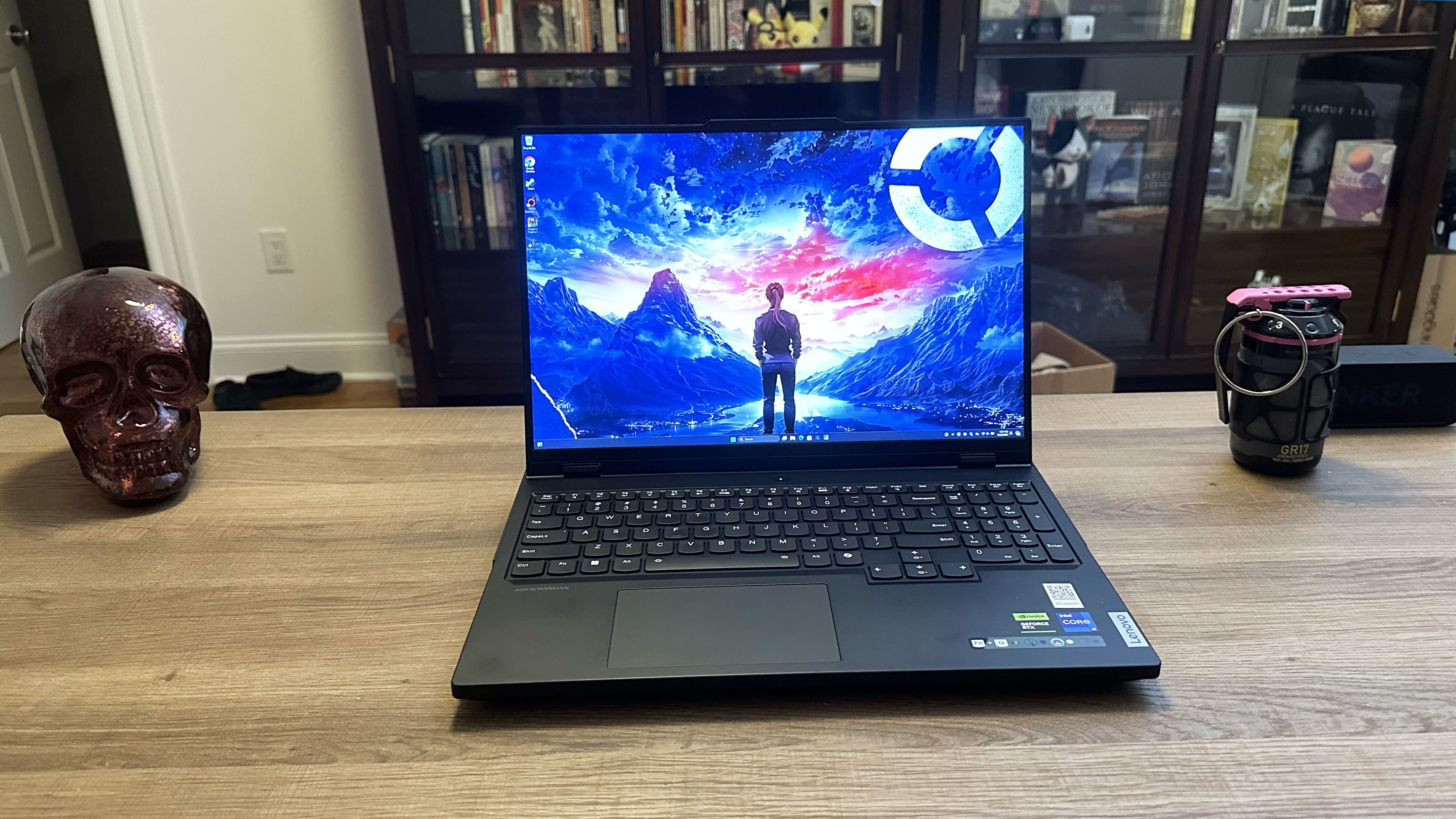
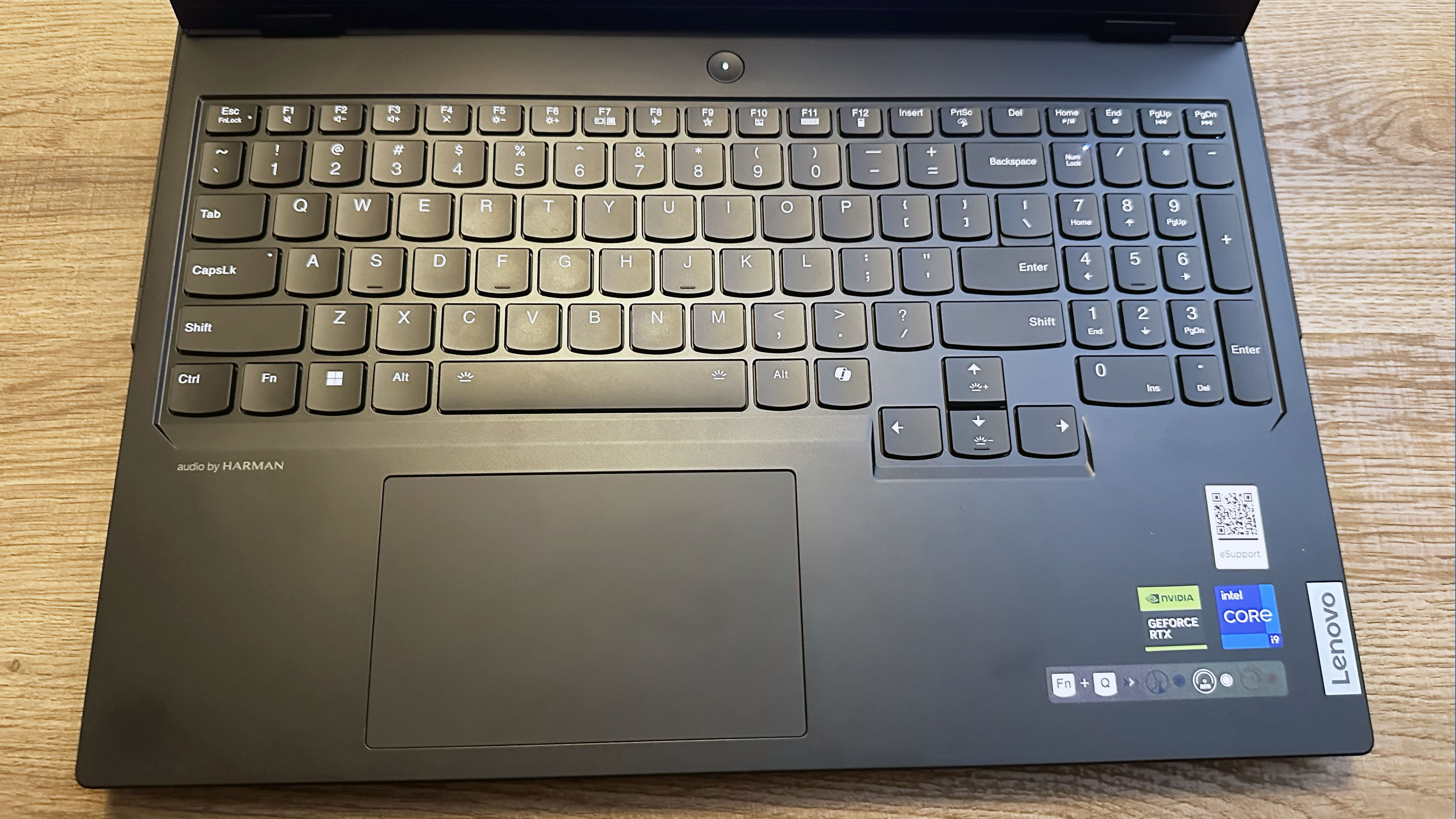
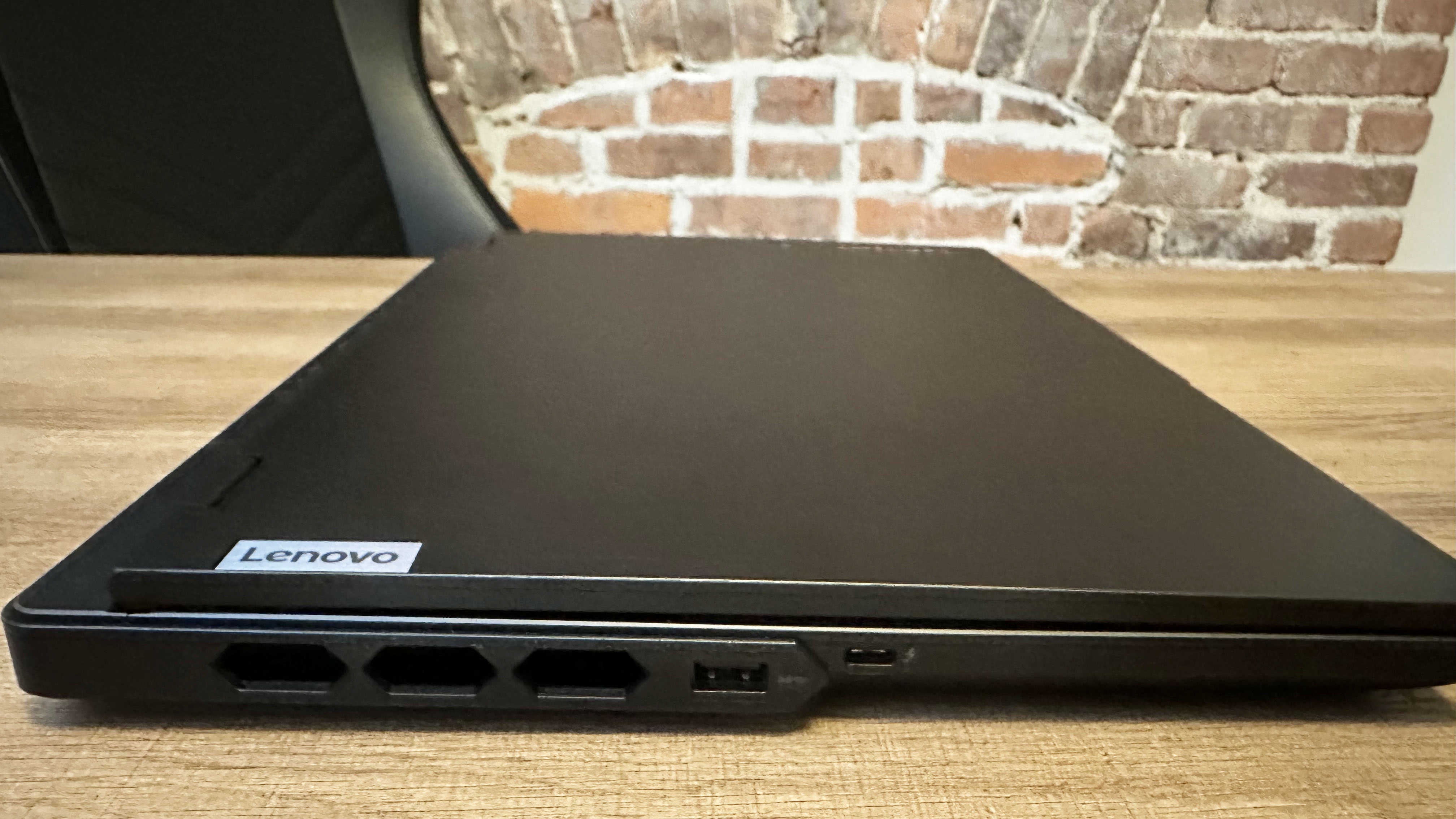
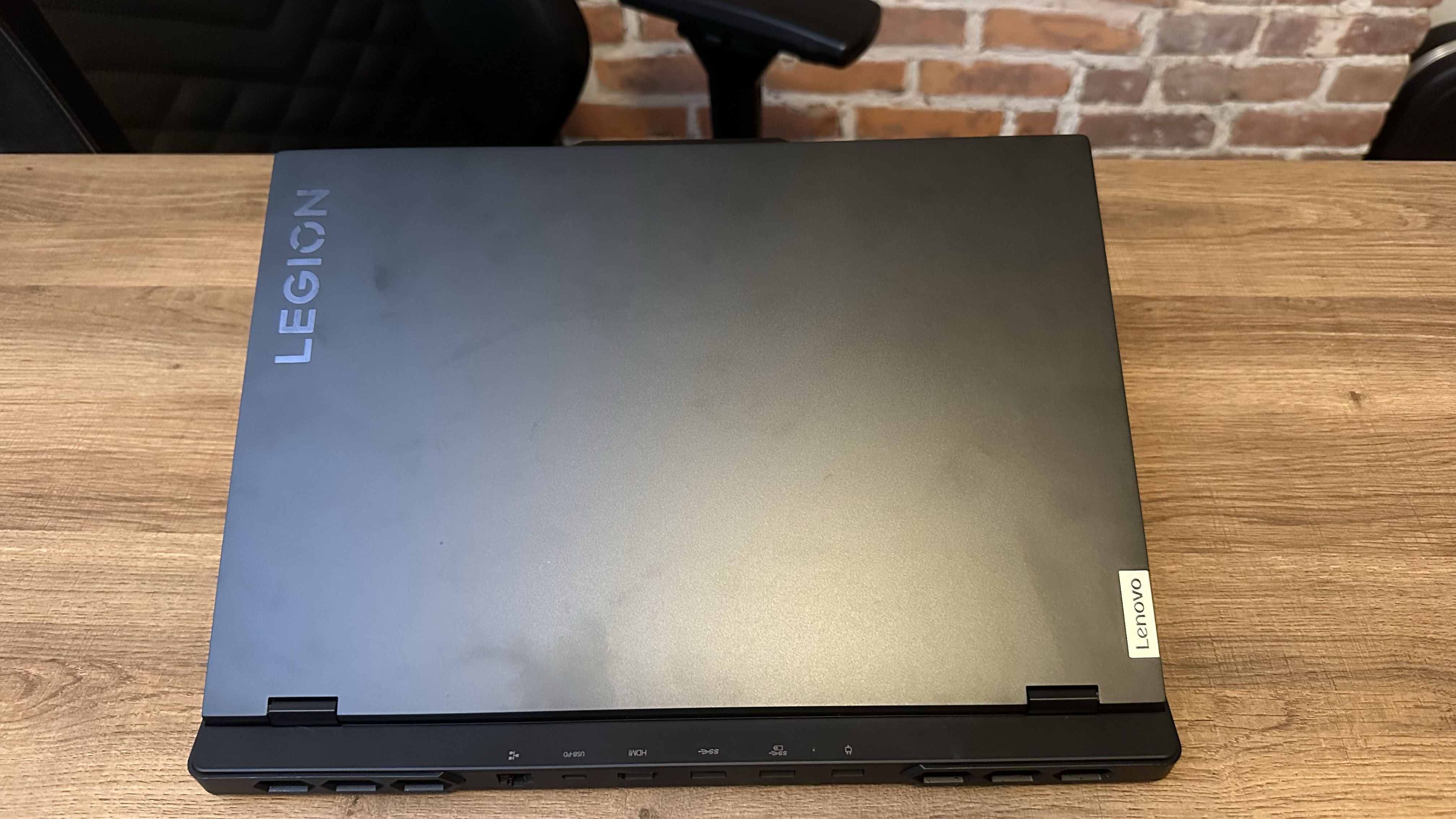
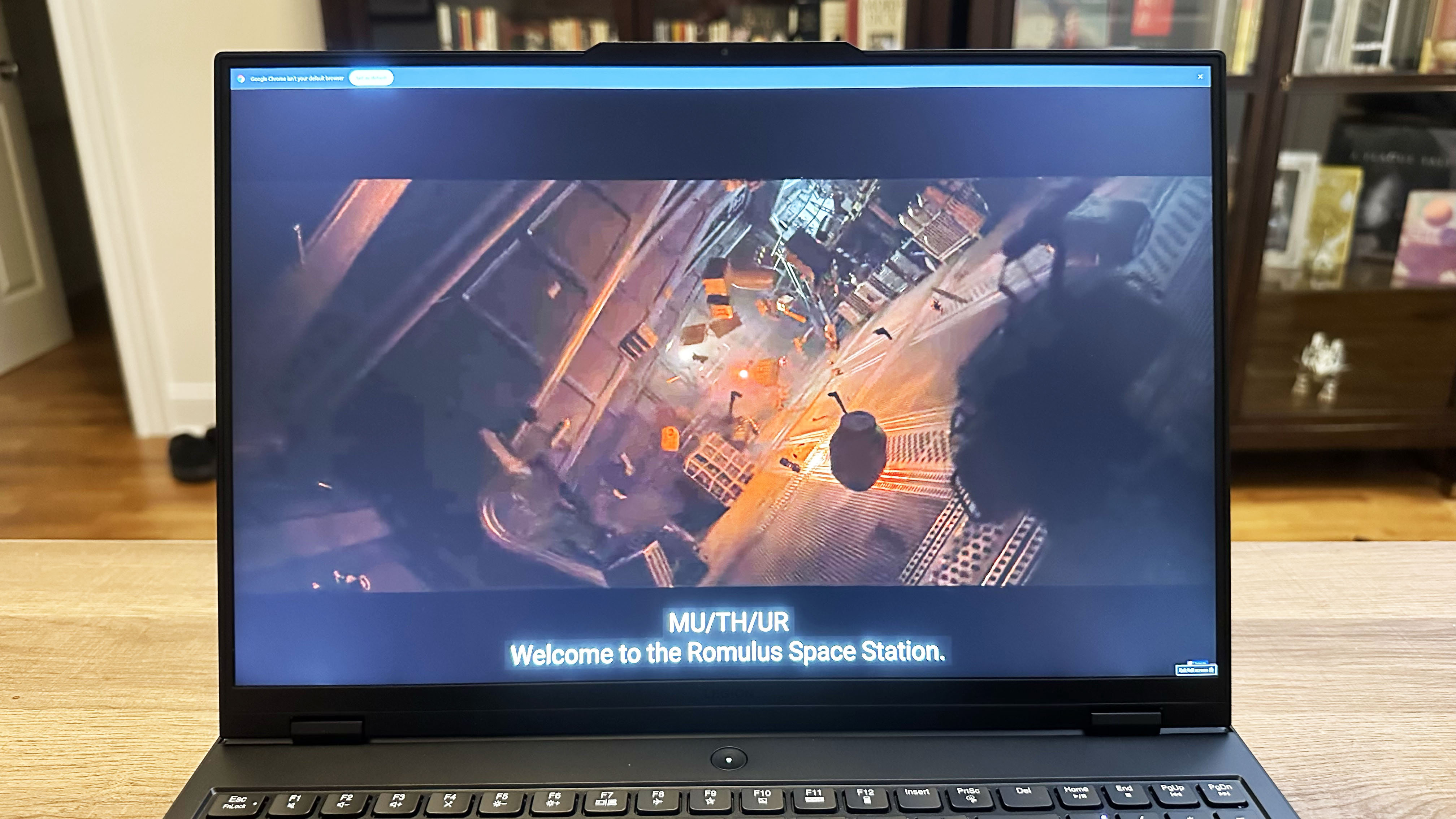
Specifications
Reasons to buy
Reasons to avoid
The Lenovo Legion Pro 7i strikes a great balance between performance and affordability, but it also has a stunning display for graphic design work.
✔️ You want a stellar gaming laptop, too. It hits all the gold standards of a gaming laptop in performance, price, and features.
✔️ You're willing to throw down some serious cash, but not too much. With awesome specs and features in a package that costs less than $2,500, this laptop is an excellent value for what it offers.
✖️ You want something thin and light. This gaming laptop is neither of those things. It's much more of a desktop replacement.
✖️ You want a high-resolution, OLED display. While it has a great display for a gaming laptop, it's not as sharp or as bold as it could be for some graphic design work.
If your graphic design work takes you into the realm of video game UI (like my fiancé's did for a period of time), you most likely will need a gaming laptop — one with "powerful performance, smooth graphics," and a "stunning display," as our staff writer, Madeline Ricchiuto said in her review of the Legion Pro 7i Gen 9.
Those are its stand-out features, especially at a price compared to some competing gaming laptops that are less powerful. For under $2,500 (on sale), you get an Intel Core i9-14900HX processor and an Nvidia GeForce RTX 4080 GPU with 12GB of VRAM. Combined with 32GB of system memory, this laptop spiked into the high-90s and low-100s in our gaming benchmarks.
Its display is also suitable for UI design work, averaging 108.7% of the DCI-P3 color gamut — way beyond what most graphic designers probably would need. It also gets super bright, averaging 456 max nits in Laptop Mag's testing. It does only have a 1600p native resolution, but that may or may not be a deal breaker based on the kind of work you primarily do on your laptop.
Just keep in mind that if you go with this laptop, it's chunky, 1.01 inches thick, and weighs 5.7 pounds — definitely a desktop replacement. You can technically carry it around if you want to, but after a week (at most) of doing that, I can imagine the process becoming a hassle.
See our full Lenovo Legion Pro 7i Gen 9 review.
Benchmark comparisons
Click to view chart data in table format
| Row 0 - Cell 0 | Apple MacBook Pro 16 M4 Pro | Apple MacBook Air 15 M3 | Asus ProArt P16 | Lenovo Yoga Slim 7x | Lenovo Legion Pro 7i Gen 9 |
Geekbench 6 (Higher is better) | 22,822 | 12,052 | 15,286 | 13,750 | 17,329 |
Handbrake time ((MM:SS), lower is better) | 2:38 | 6:30 | 3:15 | 5:16 | 3:11 |
Battery life - Web surfing (HH:MM) | 20:56 | 15:03 | 9:32 | 14:14 | 4:29 |
SSD transfer speeds (MBps, higher is better) | 6640.5 | 3167 | Not tested | Not tested | 2025 |
DCI-P3 Color Gamut (Higher is better) | 81.4% | 77.5% | 85.5% | 155% | 108% |
Display Brightness (Nits, higher is better) | 565 | 482 | 356 | 464 | 456 |
Hottest temperature (95 degree comfort threshold) | 90.5 | Not tested | 87.6 | 86 | 106.7 |
Recently reviewed
Not every laptop can make our best laptops for graphic design page. (We wouldn't be doing you that much good if that were the case!) We review new laptops every week and over 100 laptops yearly, so here's a look at our most recently reviewed laptops that didn't make this page either due to a fault, battery life, performance, or something else.
Acer Swift X 14 | Intel Core Ultra 7 155H | Nvidia GeForce RTX 4070 | 32GB RAM | 1TB SSD
Score: ★★★★
Pros: Swift, reliable performance; powerful RTX 4070 graphics for gaming and content creation; crisp, satisfying keyboard; light and thin chassis for a laptop with a discrete GPU; decent battery life
Cons: Display doesn’t meet 100% DCI-P3 claim; display could be brighter
See our full Acer Swift X 14 review.
Acer Predator Triton Neo 16 | Intel Core Ultra 9 185H | Nvidia GeForce RTX 4060 | 32G RAM | 1TB SSD
Score: ★★★★
Pros: Slick general performance; smooth RTX 4060 graphics; bright 240Hz display; decent battery life; plenty of ports; quality webcam
Cons: Keyboard gets very hot while gaming; thermal throttles during long gaming sessions; tinny, distorted audio
See our full Acer Predator Triton Neo 16 review.
Asus Zenbook S 16 | AMD Ryzen AI 9 HX 370 | AMD Radeon 890M integrated graphics | 32GB RAM | 1TB SSD
Score: ★★★★
Pros: Unique design; decent OLED display; powerful performance; solid graphics; long battery life
Cons: Mediocre keyboard and touchpad; slow SSD
See our full Asus Zenbook S 16 review.
Score: ★★★★½
Pros: Large, vibrant display; great performance; incredible speakers; huge touchpad; sleek design
Cons: Limited ports; battery life could be better
See our full HP Spectre x360 16 review.
HP ZBook Studio 16 G10 | Intel Core i9-13900H | Nvidia RTX 4000 | 64GB RAM | 2TB SSD
Score: ★★★★
Pros: Powerful, well-optimized performance; stunningly vivid display; incredibly light and thin; loud onboard speaker system
Cons: Prohibitively expensive; no HDMI port
See our full HP Zbook Studio 16 G10 review.
Lenovo Yoga Pro 9i 16 Gen 9 | Intel Core Ultra 9 185H | Nvidia RTX 4050 | 32GB RAM | 1TB SSD
Score: ★★★★½
Pros: Beautiful display; bouncy keyboard; strong overall performance; discrete graphics; decent battery life
Cons: Can’t configure RTX 4060 with Intel Core Ultra 7; touchpad too resistant; awful audio
See our full Lenovo Yoga Pro 9i 16 Gen 9 review.
LG Gram Pro 16 2-in-1 | Intel Core Ultra 7 155H | Intel Arc | 32GB RAM | 1TB SSD
Score: ★★★★
Pros: Thin and light 2-in-1 design; vibrant 16-inch OLED screen; almost 11 hours of battery life; solid productivity performance
Cons: Expensive relative to performance; mushy trackpad
See our full LG Gram Pro 16 2-in-1 review.
Score: ★★★★½
Pros: Stunning 4K OLED display; sturdy, lightweight aluminum-magnesium alloy build; excellent, balanced performance; all-day plus battery life; AI-tuned webcam and mic array are a win
Cons: Speakers could be a tad louder
See our full MSI Prestige 16 AI Evo review.
Razer Blade 16 | Intel Core i9-14900HX | Nvidia RTX 4090 | 32GB RAM | 2TB SSD
Score: ★★★★½
Pros: Powerful, reliable performance; vivid OLED display; loud, powerful speakers; comfortable, snappy keyboard
Cons: Expensive base configurations; lower battery life than the previous generation
See our full Razer Blade 16 review.
Samsung Galaxy Book 4 Ultra | Intel Core Ultra 9 185H | Nvidia RTX 4080 | 32GB RAM | 1TB SSD
Score: ★★★★½
Pros: Gorgeous 120Hz AMOLED display; powerful CPU and GPU combo; excellent battery life; relatively thin and light; robust Samsung ecosystem
Cons: Performance doesn’t quite match top competitors; retail pricing high for max configuration; webcam could be better in low-light
See our full Samsung Galaxy Book 4 Ultra review.
How to choose a laptop for graphic design
Generally speaking, a great laptop for graphic design should have at least 16GB of RAM, 512GB of speedy SSD storage, and, if your bank account allows it, a 4K OLED display. If it doesn't, you'll want to shoot for something with great color-accuracy. But above all else, fast multicore performance is what can take a good graphic design laptop to a great one.
If you work primarily work with static graphics, you might be able to do your work just fine on a laptop with integrated graphics and less than 1TB of storage space. The AdobeRGB or sRGB color gamut accuracy might be important as well. (Most span 95% or higher these days, but always double check reviews.)
If you work with motion graphic design or UI, you might need a discrete GPU and a ton a RAM — I'm talking 32GB or more. DCI-P3 color accuracy might be important for you here, as well. (Look for at least 85% of that color gamut coverage.)
Not all great graphic design laptops are thin and light, though. So if you're constantly working between your home, the office, planes, or trains, look for a laptop that weighs 3 pounds or less and is around half an inch in height. Those will be less of a hassle to put in and remove from your bag several times a day.
FAQs
Q: Do I need a laptop with a discrete GPU for graphic design?
A. Not necessarily! In general, graphic design leans heavily on the processor, so regardless if you get a MacBook, Windows, or Windows on ARM laptop, you'll be in fine shape.
MacBooks have been the de-facto graphic design machine for a long time. (My fiancé, who is a professional graphic designer, won't use any thing else.) But Qualcomm's Snapdragon X Elite chips can process the same, common design tasks just as efficiently.
Q: How much RAM do I need for graphic design?
It depends! With a discrete GPU (which has its own on-board video RAM) and Hardware Acceleration, you can get away with at least 16GB if you're not working on anything resource-intensive. But if you're a professional graphic designer, we recommend a minimum of 24GB — though if you have the budget for 32GB or more, that would be ideal.
If the graphic design laptop you have your eye on has unified memory (RAM that is built into the CPU itself), you probably want to configure it with at least 32GB of RAM. The RAM in these laptops is shared between the CPU and integrated graphics; if you don't have enough total RAM, then the integrated graphics might not have enough resources to load or convert large design files.
Q: What is a Copilot+ PC?
A: Microsoft has specific requirements as to what it considers a Copilot+ PC. One of those requirements is that a laptop's processor must have an NPU capable of reaching at least 40 TOPS to run more advanced Windows AI features like Recall, Automatic super resolution, and Live Captions.
Copilot+ PCs have a Qualcomm Snapdragon X Elite or Plus, an Intel Core Ultra 200V series, or AMD Ryzen AI 300 series processor. However, the advanced AI features are currently only available on Snapdragon laptops. A free update for Intel and AMD laptops should be available to Windows Insiders by December 2024.
Q: How is Windows on ARM laptop different from a regular (x86) Windows laptop?
A: Windows on ARM laptops are configured with a Qualcomm Snapdragon X Elite or Plus processor. Laptops with the x86 version of Windows are powered by either an Intel or AMD processor. Each Windows version uses a different instruction set (ARM or x86), so it needs a processor that can run it.
For most people, using one versions of Windows or the other shouldn't be an issue. But depending on what apps you use day to day, some might not be compatible with Windows on ARM. App compatibly is growing, but it's best to verify what you need will work before buying one of these laptops.
Q: I already have a stylus; will it work with one of these laptops if it has a touchscreen?
A. That depends! Not all touchscreens have stylus support. The ones that do might not support the same type of pens. We recommend checking the manufacture's website of both the laptop and stylus to be absolutely sure.
This will help you determine what pen protocols the stylus and laptop support. The two main ones are Microsoft Pen Protocol (MPP) and Wacom AES. They're not intercompatible, but some pens support both, while others only support one.
How we test graphic design laptops
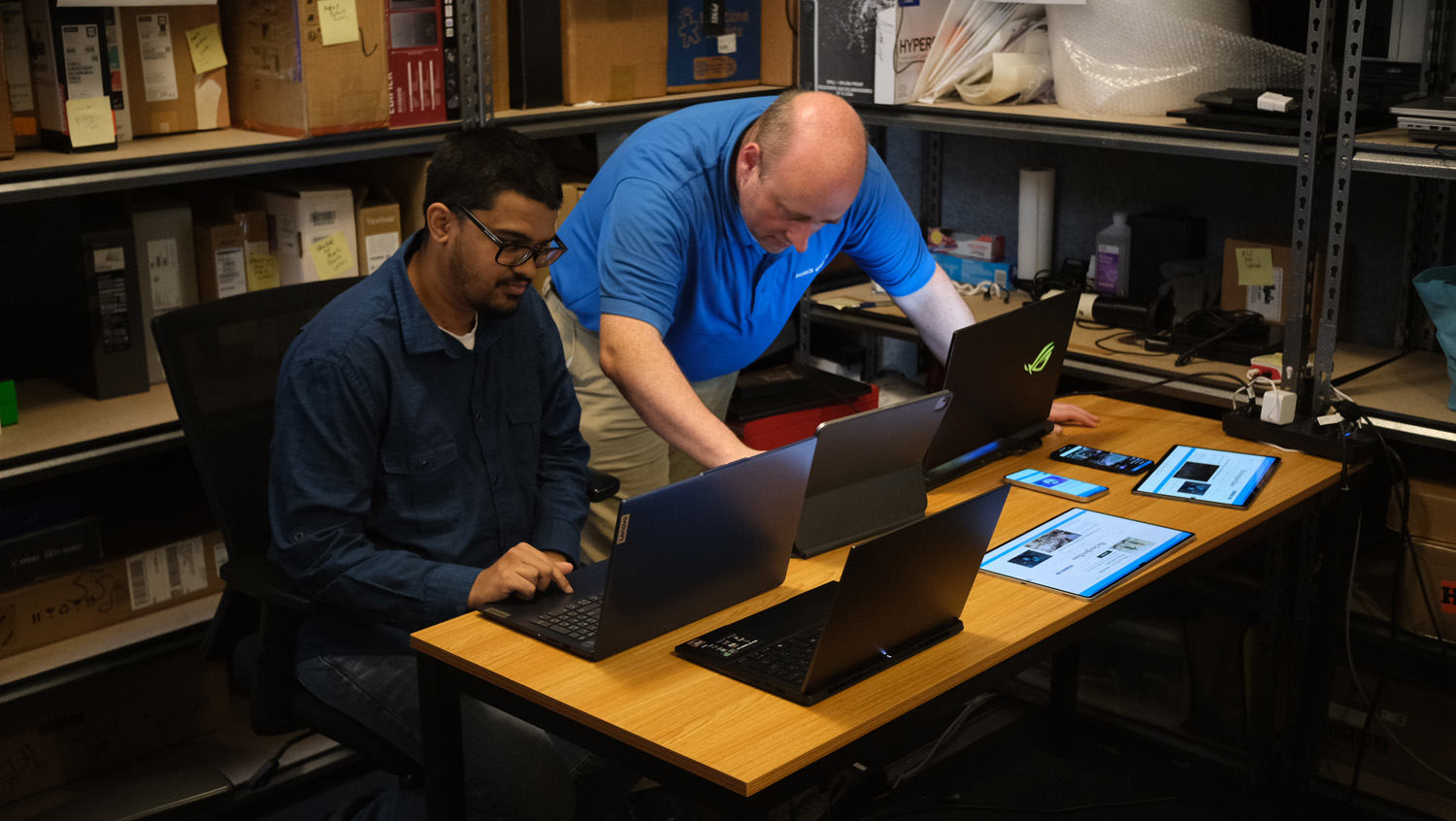
We put each laptop through extensive benchmark testing — both synthetic and real-world — before they end up in the hands of our reviewers. We evaluate every aspect of the laptop, but to find the best laptops for graphic design, we pay extra close attention to performance, graphics, and the display.
Performance testing includes Geekbench 6, which evaluates the laptop’s ability to handle a variety of different tasks and continue running smoothly. For laptops with discrete graphics cards, we use the 3DMark Fire Strike benchmark, and for integrated graphics we use 3DMark Night Raid.
To determine real-world performance, we convert a 4K video to 1080p resolution and duplicate a 25GB file. For gaming performance on integrated graphics, we use Cid Meier's Civilization V: Gathering Storm benchmark at 1080p resolution and Medium graphics.
For discrete graphics, we run benchmarks in Red Dead Redemption 2, Assassin's Creed Mirage, Shadow of the Tomb Raider, Borderlands 3, Far Cry 6 (and more) in full-screen mode with vertical sync disabled at 1080p and the laptop's native resolution.
We use a Klein K10 colorimeter in our display testing to measure overall brightness, as determine the DCI-P3 and AdobeRGB color gamut color accuracy.
For our battery test, we continuously web surfing over WiFi at 150 nits of brightness. For MacBooks and premium Windows 11 laptops, a runtime of over 10 hours is considered a good result, whereas gaming laptops and workstations that can stay powered longer than 5 hours deserve praise.
We also run heat tests by playing a 15-minute full-screen video (or playing a video game) and measuring temperatures in different areas of the laptop.
We complement these tests with extensive hands-on testing from our reviewers, who critique everything from the laptop's materials to the feel of its touchpad.
See this page on How We Test Laptops for more details on our benchmarking procedures.
Why trust Laptop Mag
Laptop Mag reviews over a hundred different laptops every year, from paperweight ultralights to everyday workhorses to lumbering gaming notebooks that scorch the frame rates of even the hottest AAA games. We're not just experts in the laptop field, as we go one step further by meticulously testing smartphones, tablets, headphones, PC accessories, software, and even the latest in gaming.
We are 100% independent and have decades of experience to help you buy with confidence. In fact, Laptop Mag has been testing and reviewing products for three decades, and we continue to deliver trustworthy reviews you can rely on.
Our experienced team of writers and editors scour the available information about the laptop and put it through its paces to determine which is best for you. But before they start, the testing team subjects each system to a rigorous regimen of synthetic and real-world tests to see how a system handles the type of work and games you’re most likely to throw at it.
Our editorial trustworthiness is enforced by one of the world's largest technology publishers, Future Publishing. As a company, we have unrivaled experience across every tech sector — and we're the group's specialist for all things mobile tech.
Get The Snapshot, our free newsletter on the future of computing
Sign up to receive The Snapshot, a free special dispatch from Laptop Mag, in your inbox.

Joanna Nelius is a contributing writer to Laptop Mag. She has reported on and reviewed laptops for The Verge, Gizmodo, PC Gamer, and USA Today.
